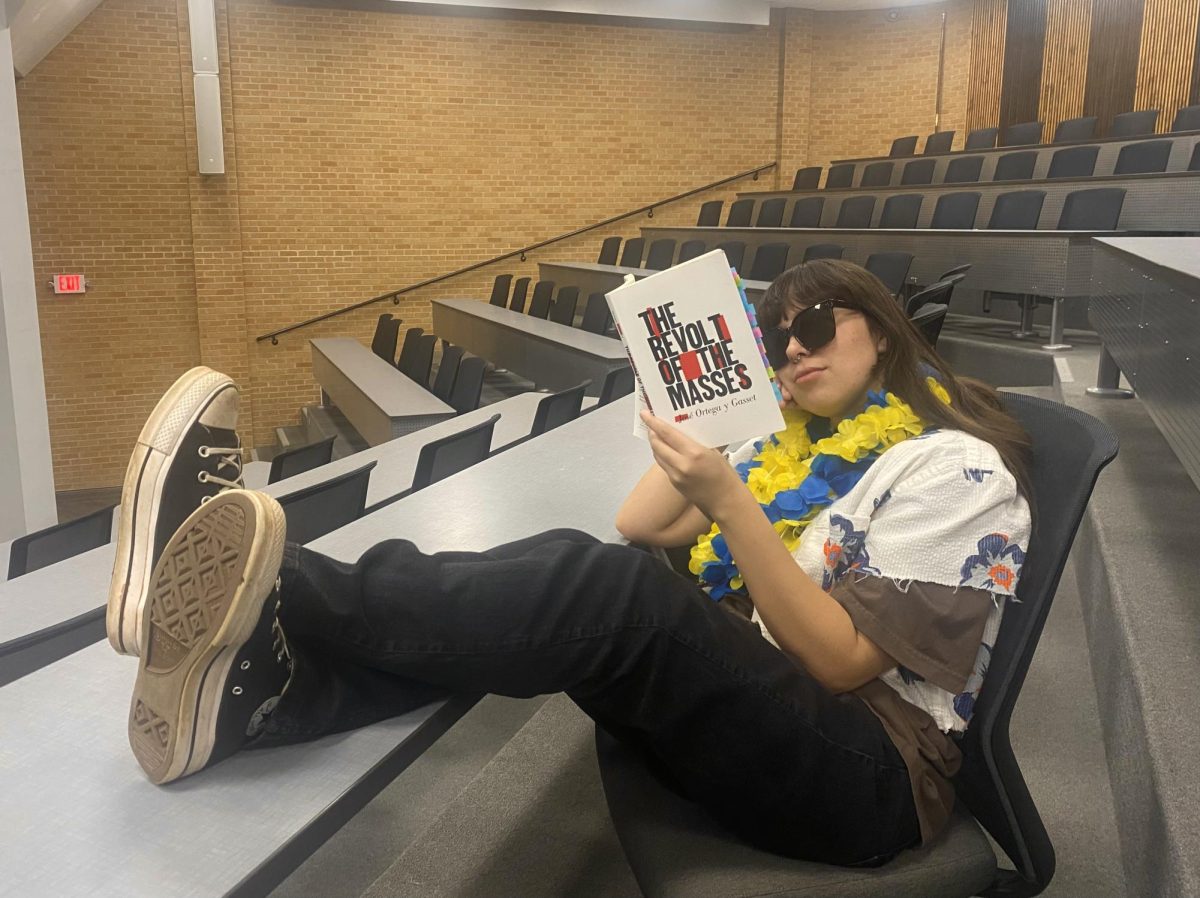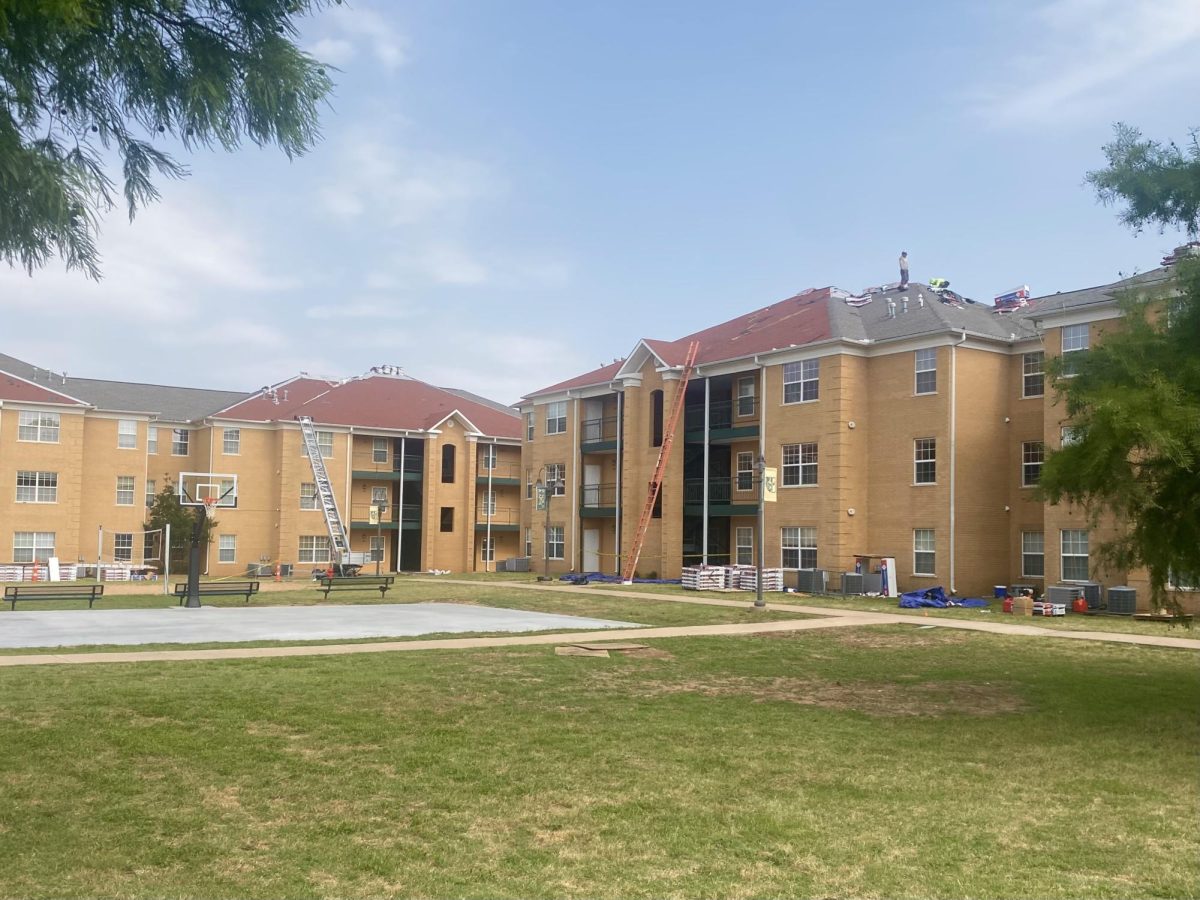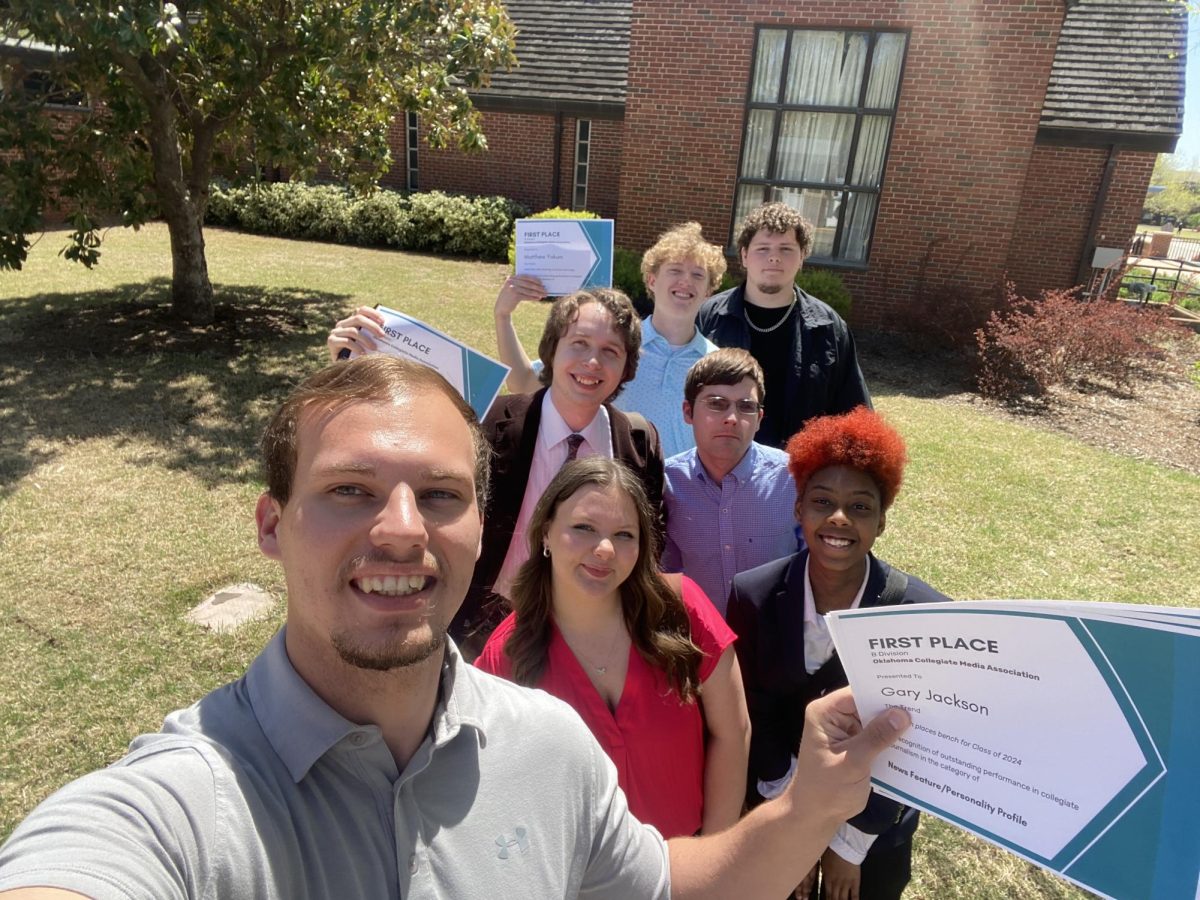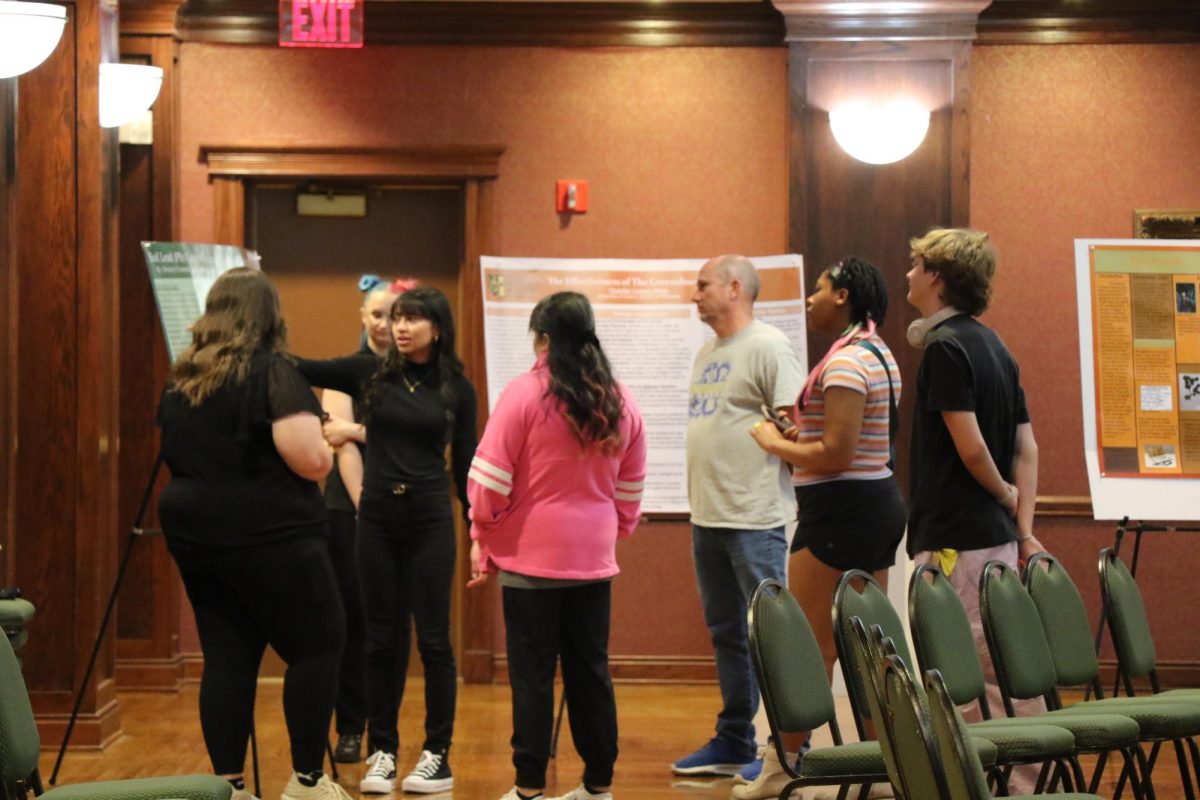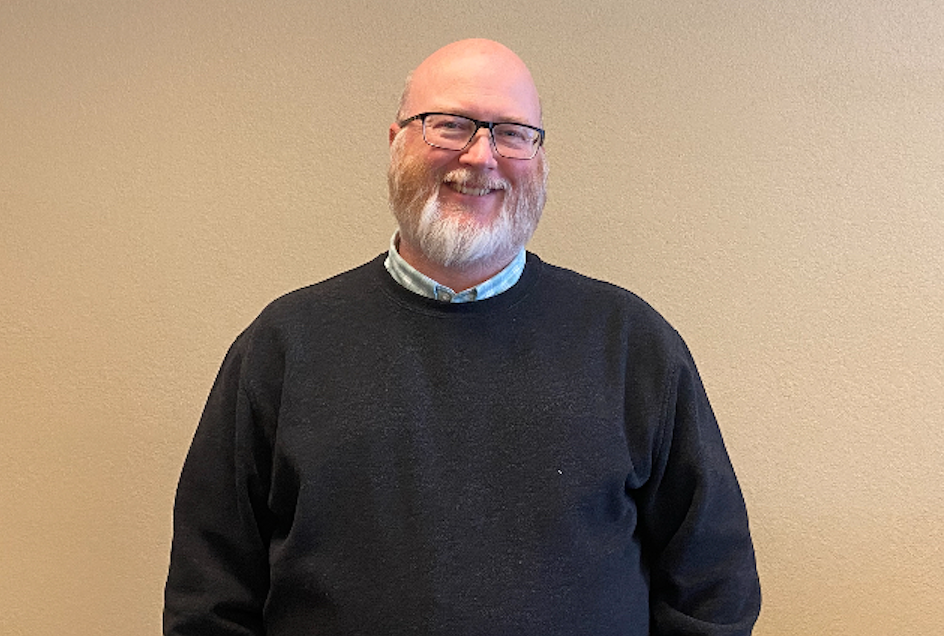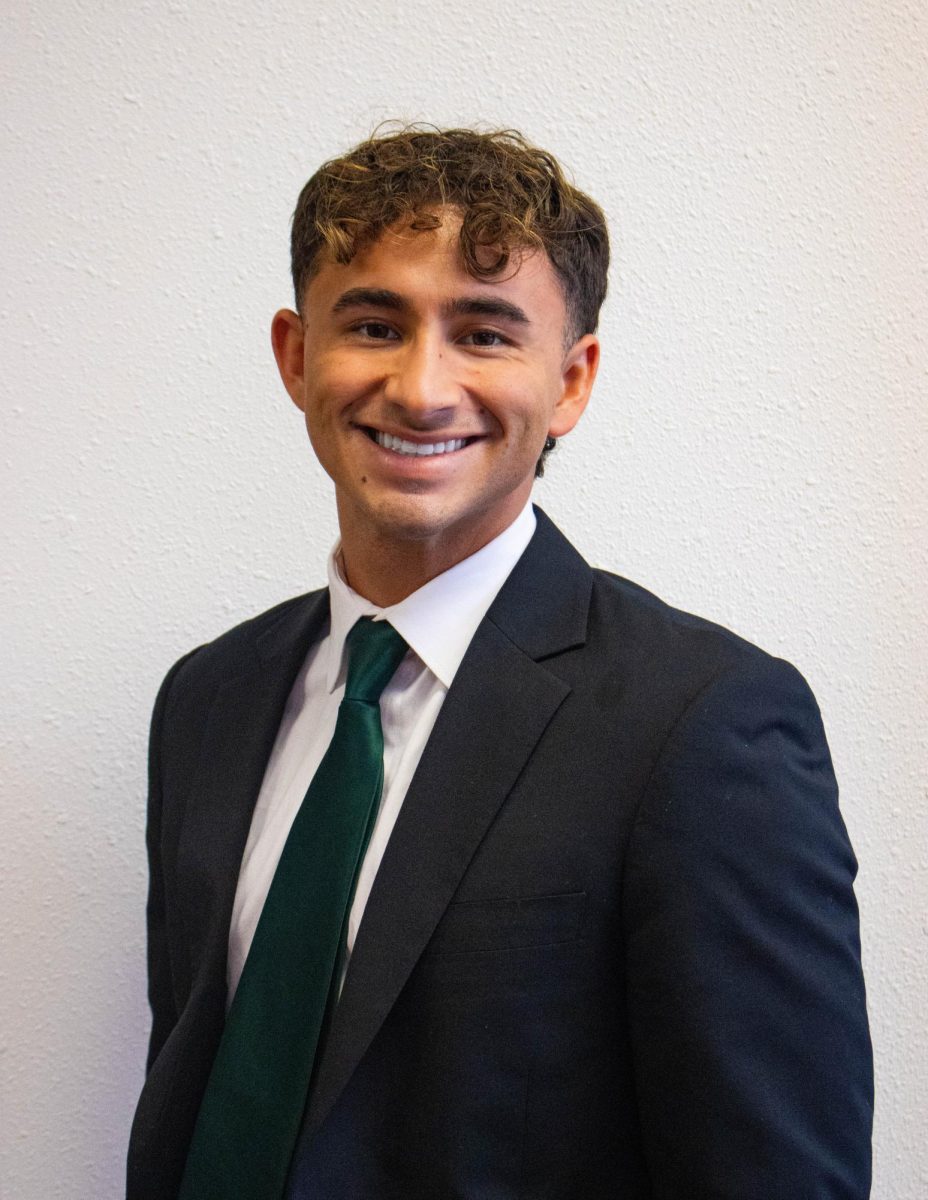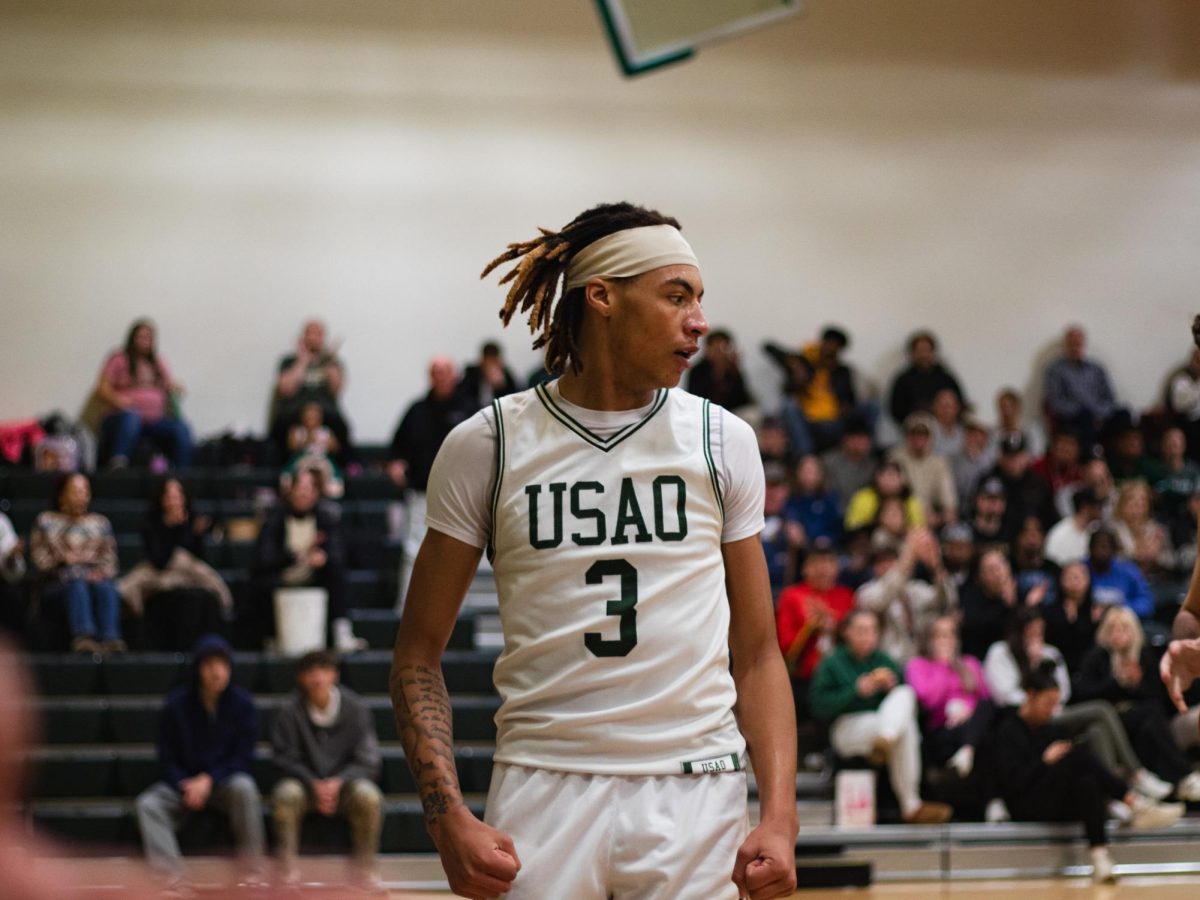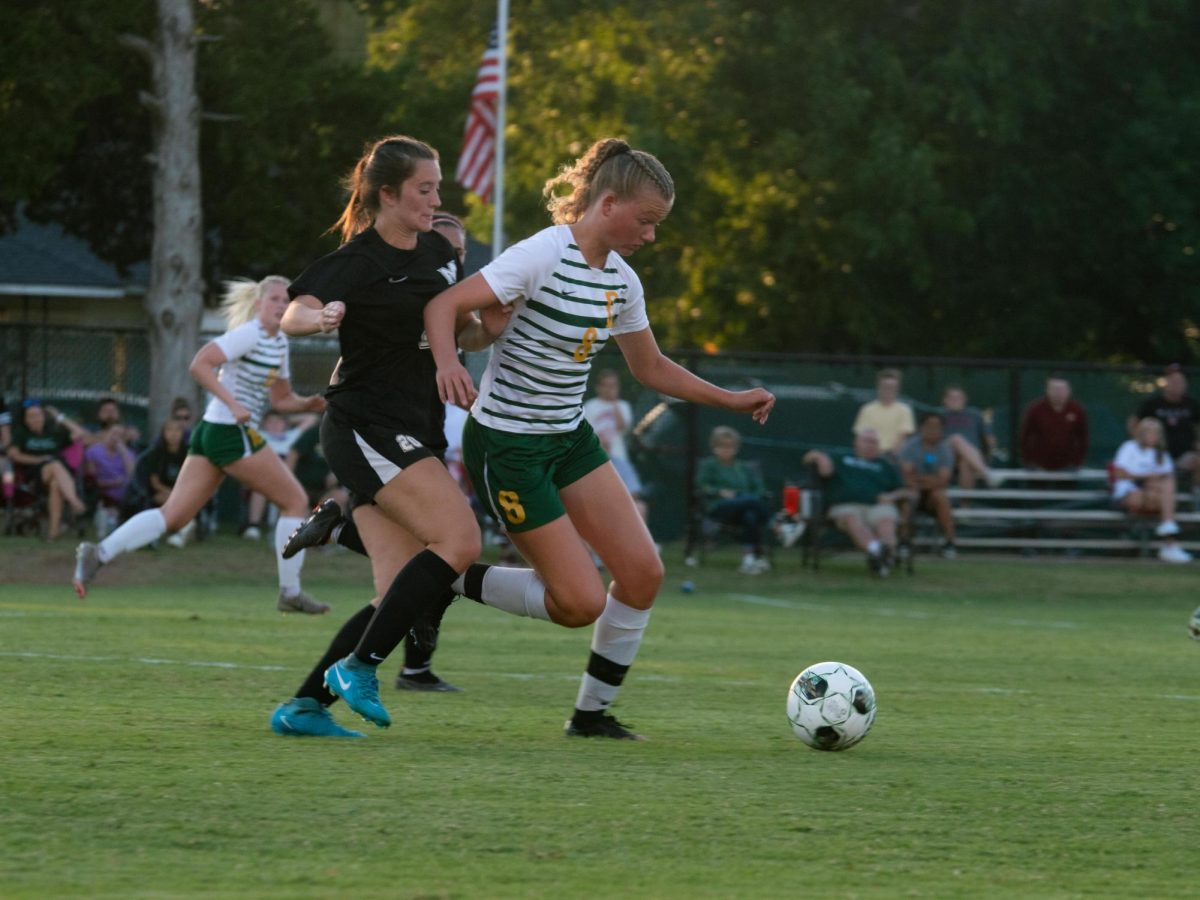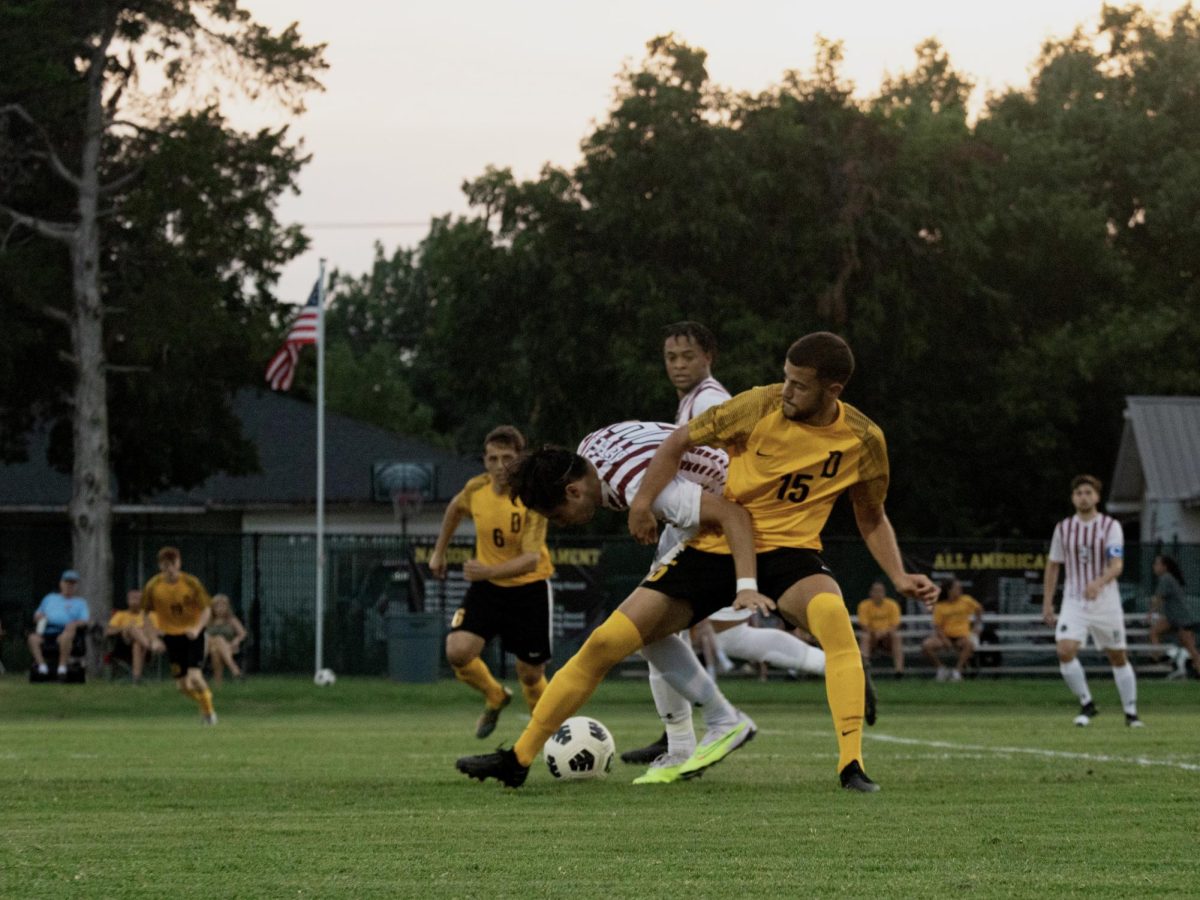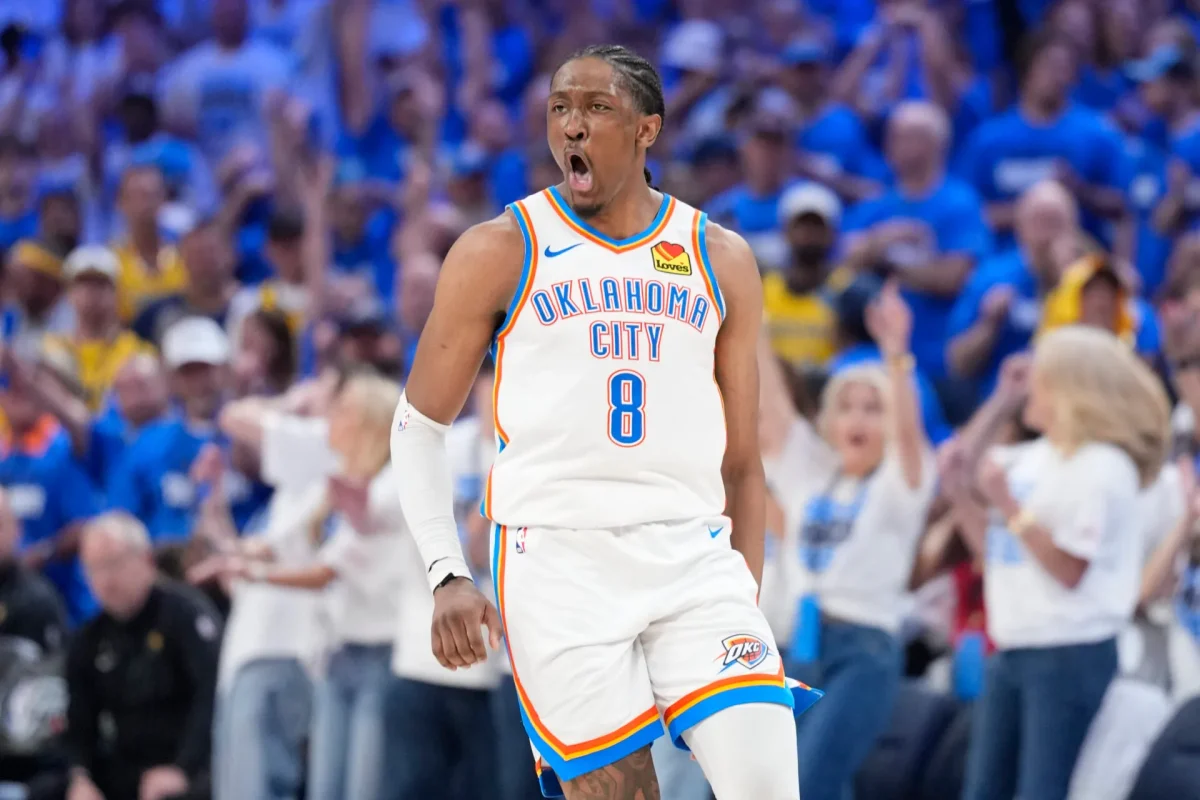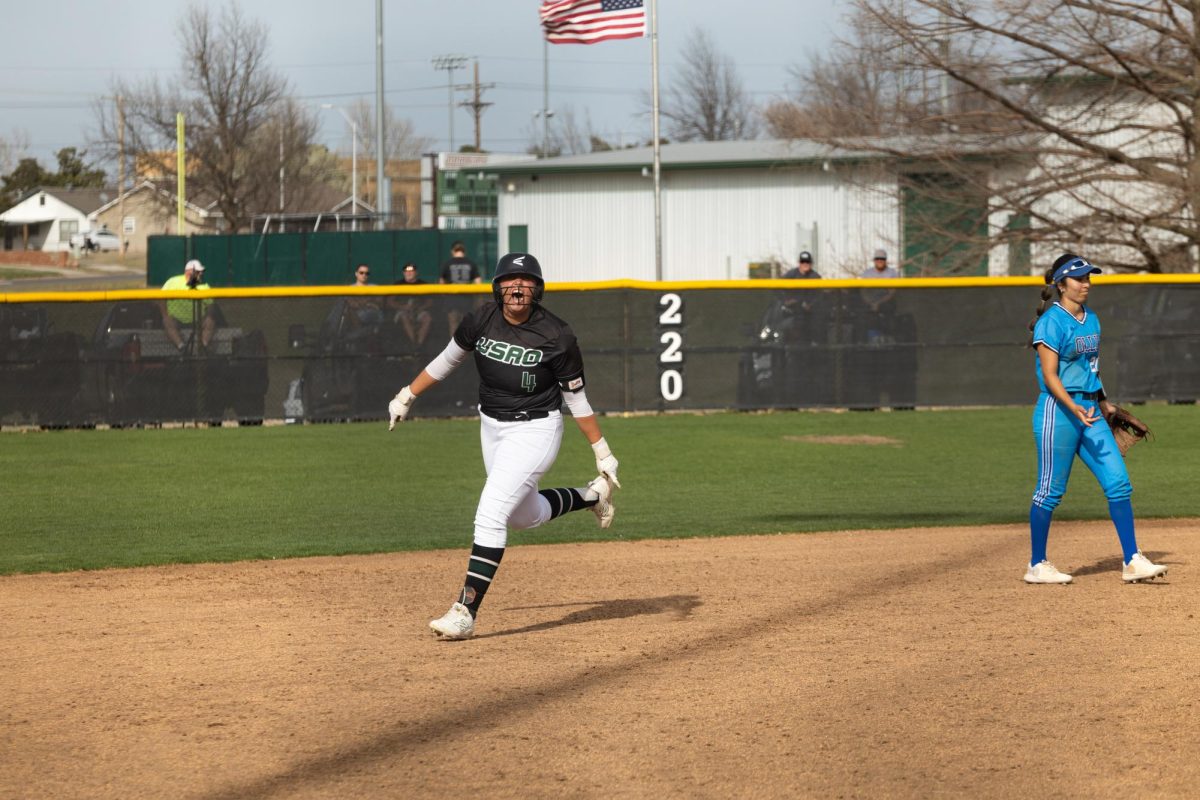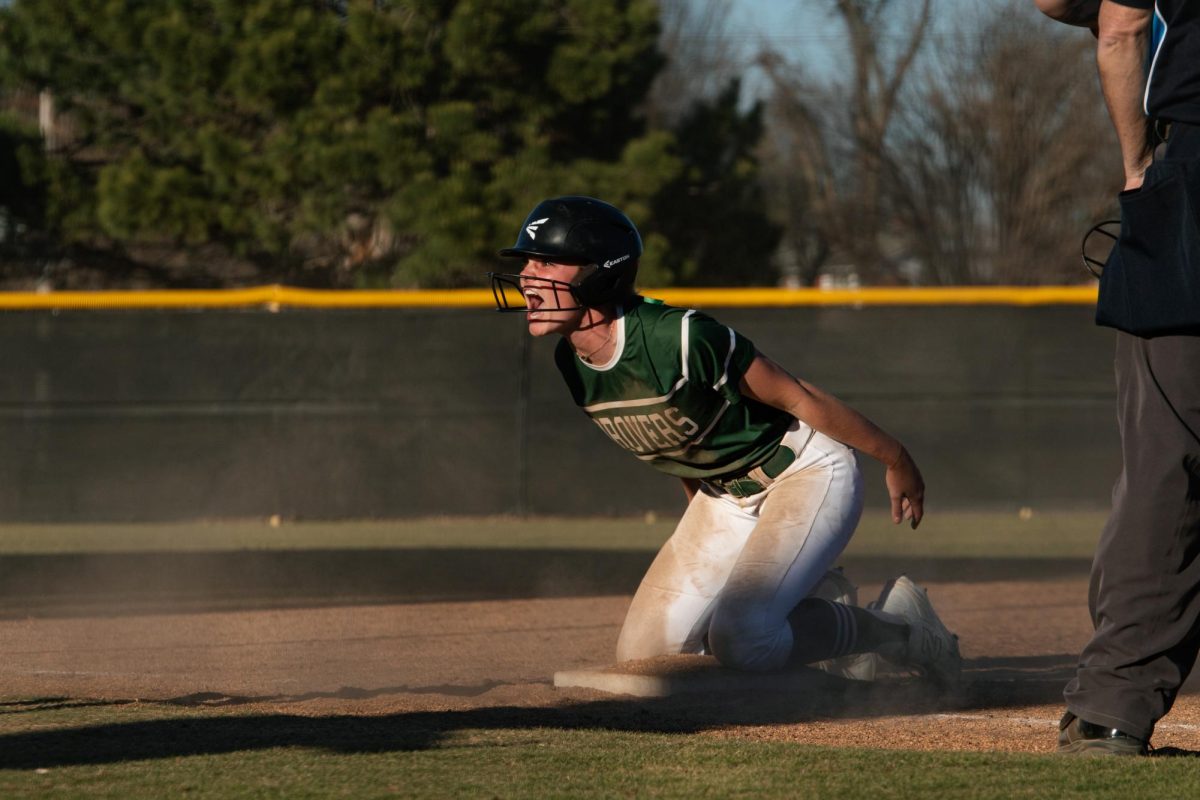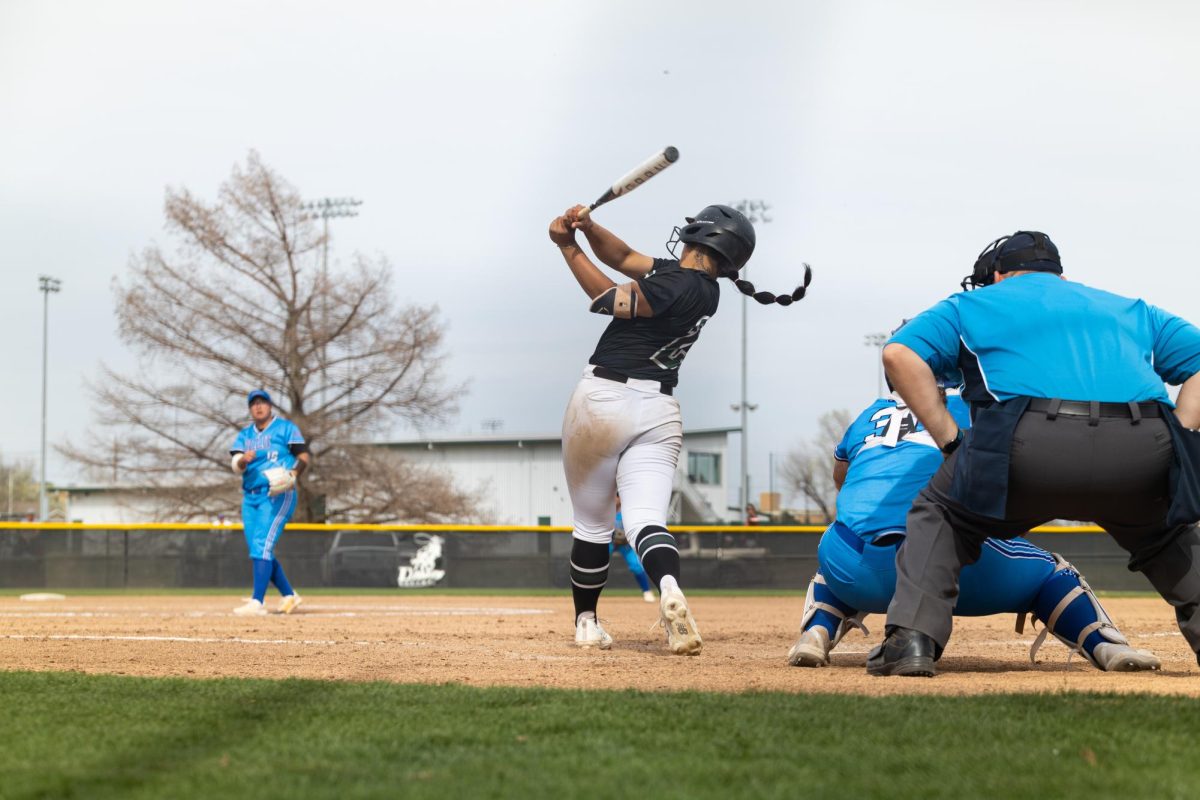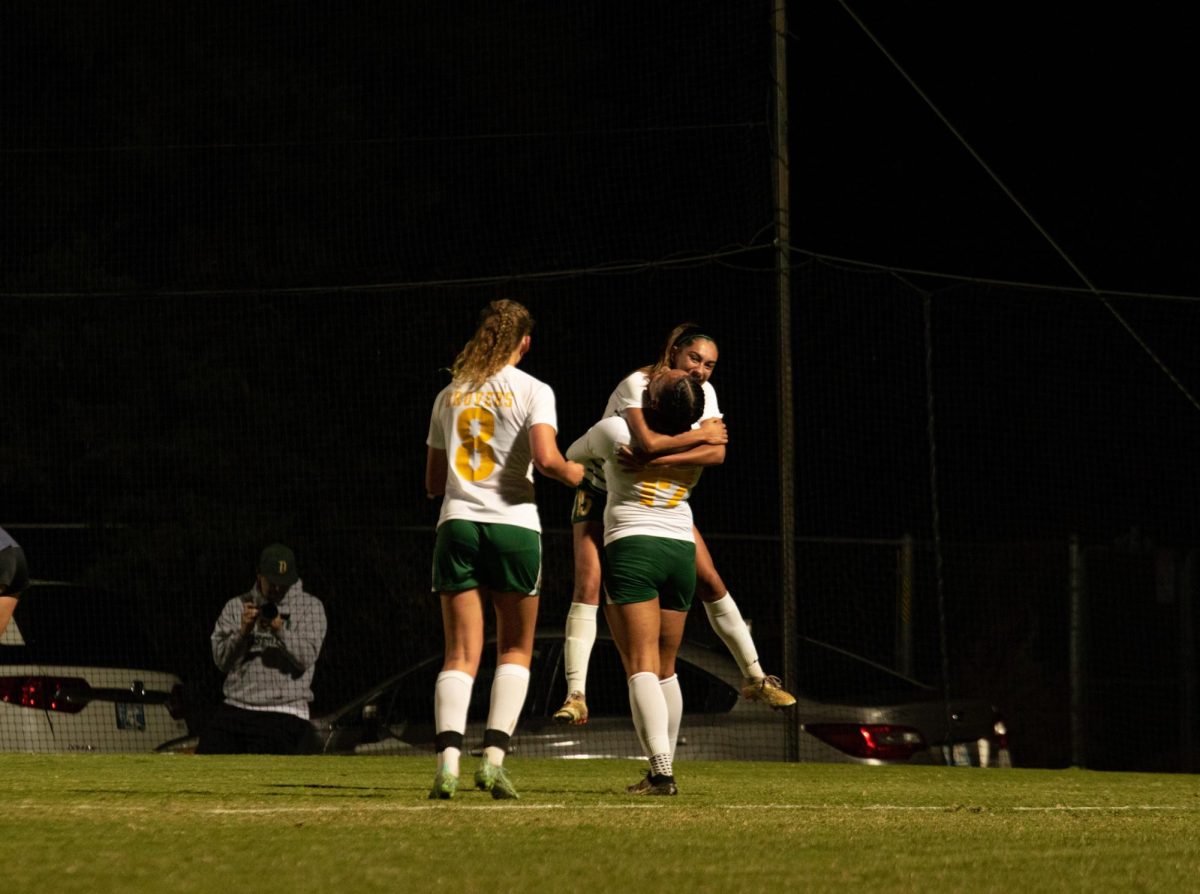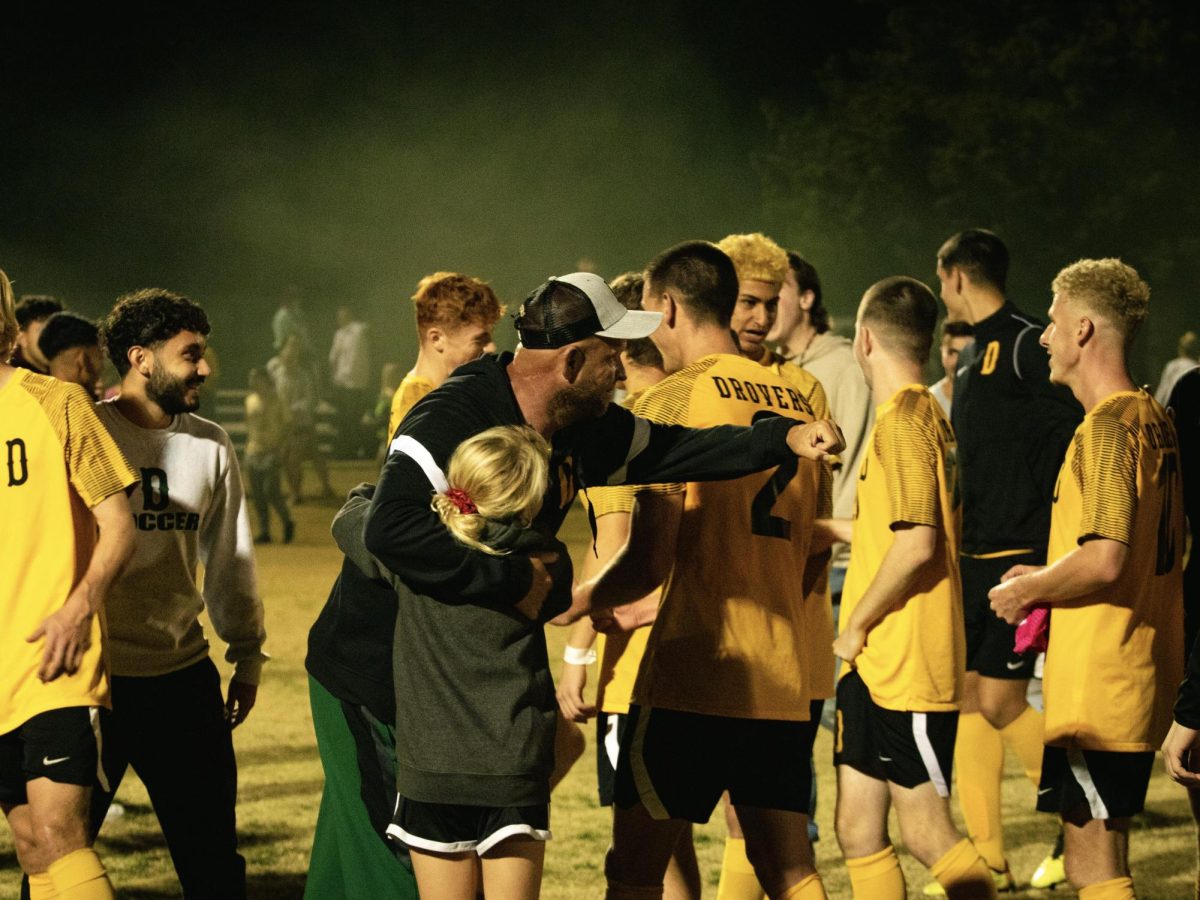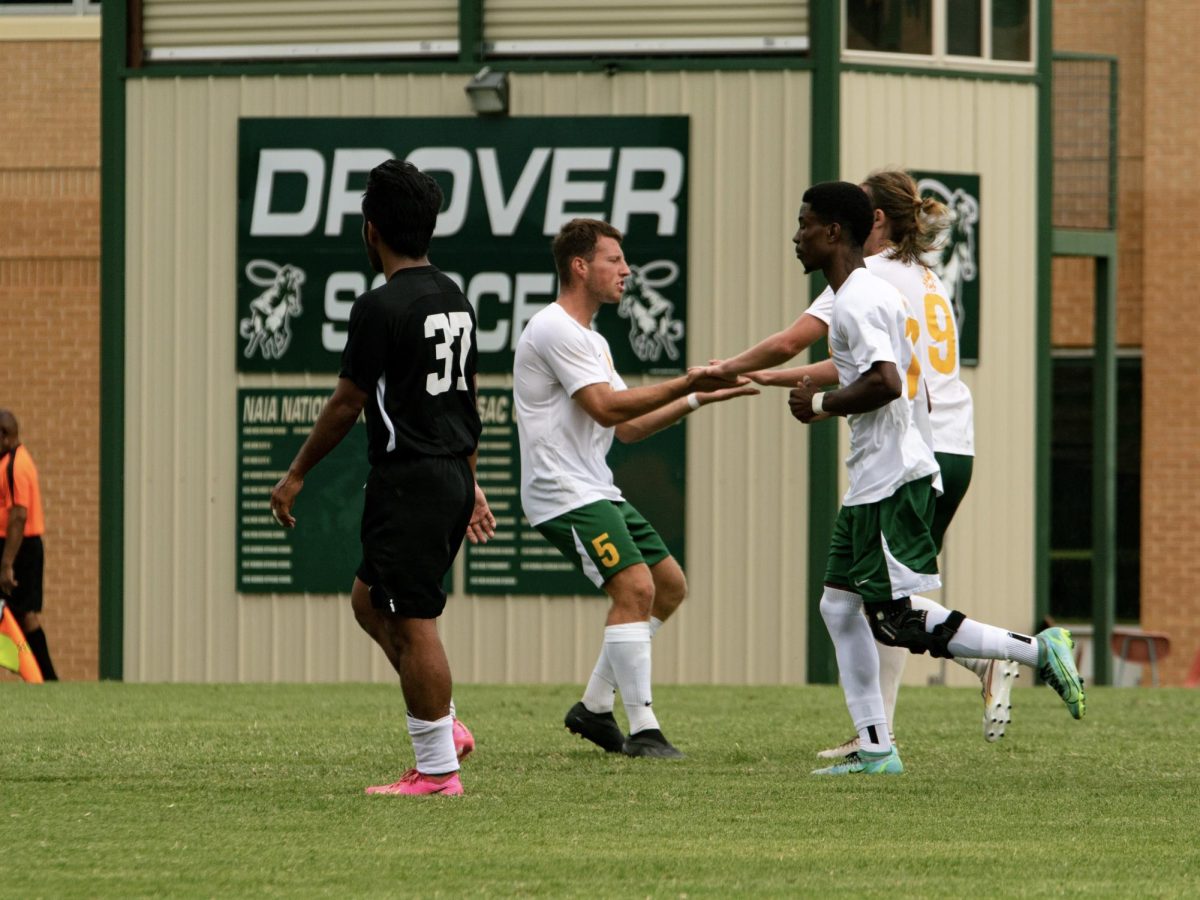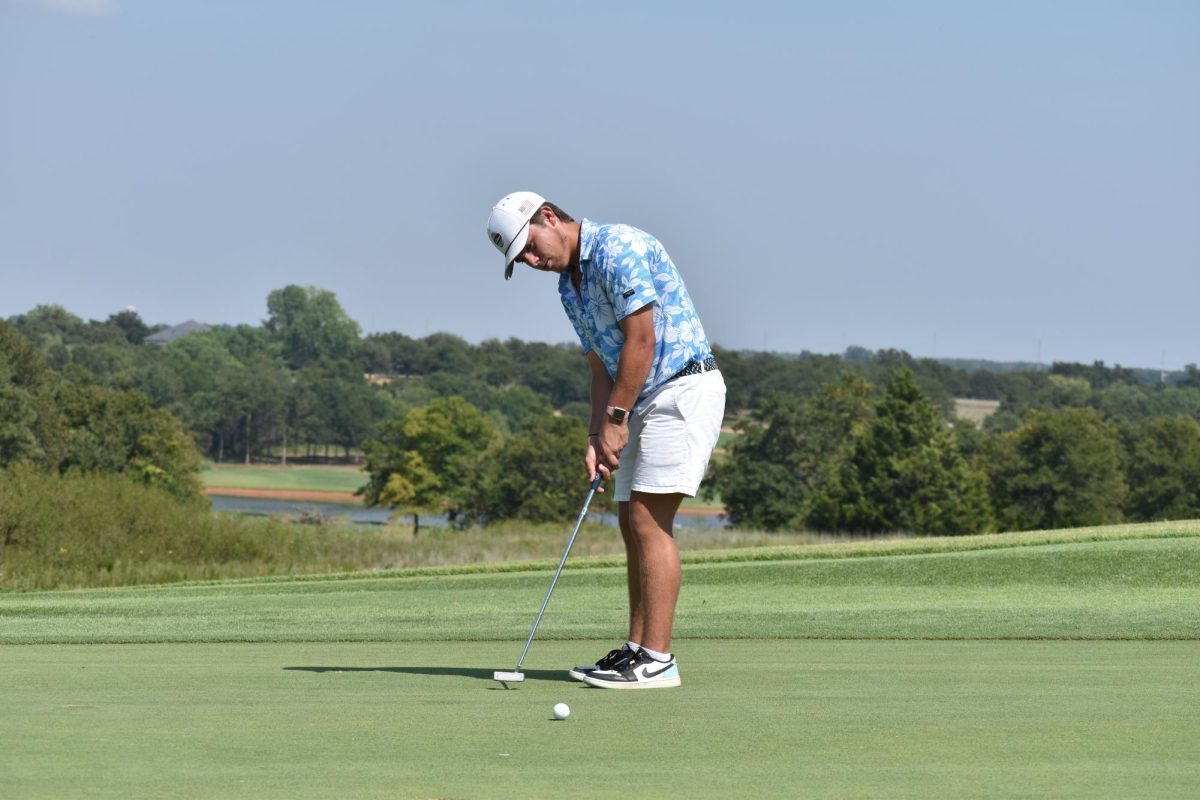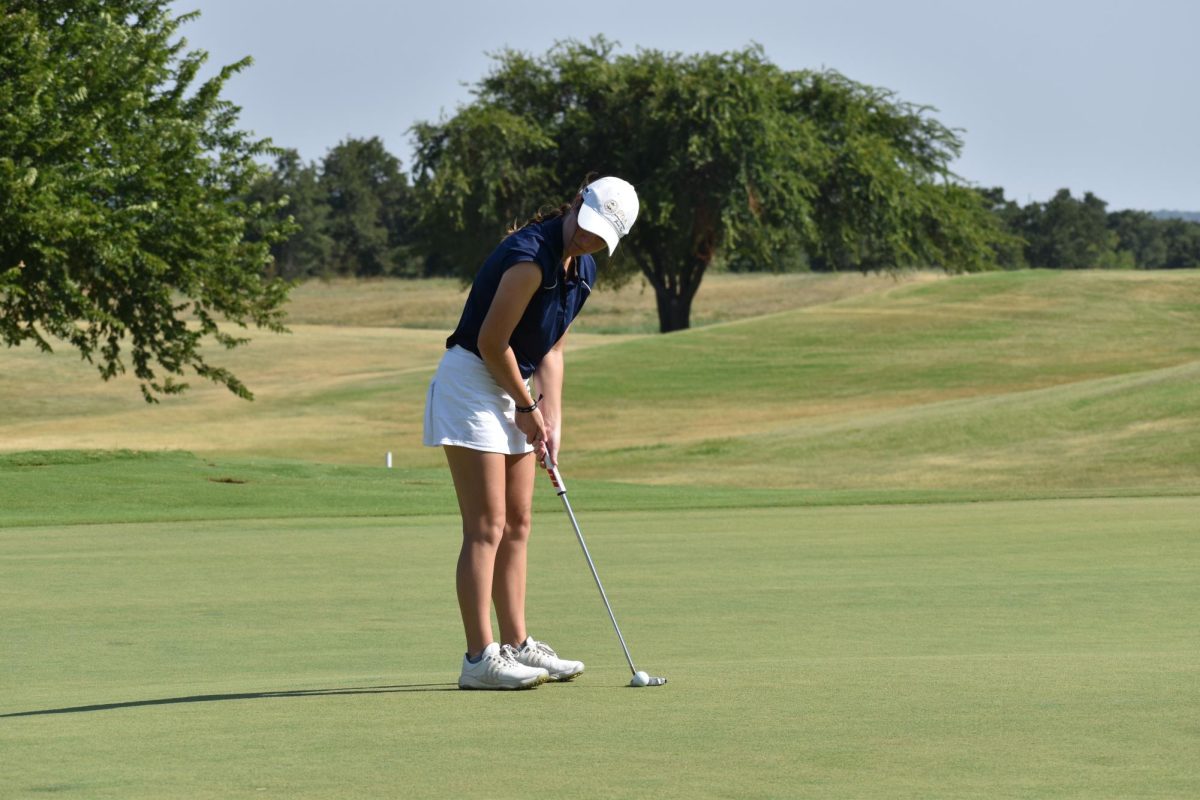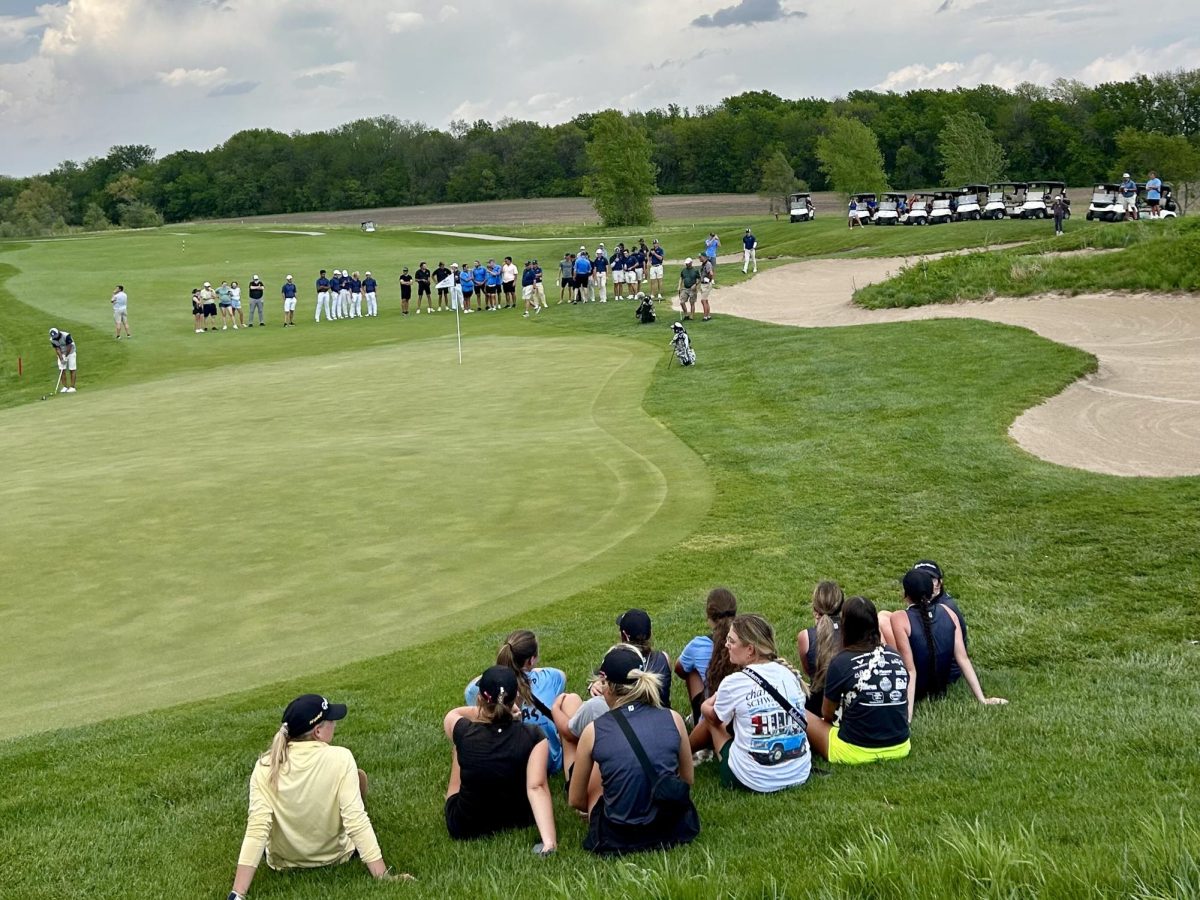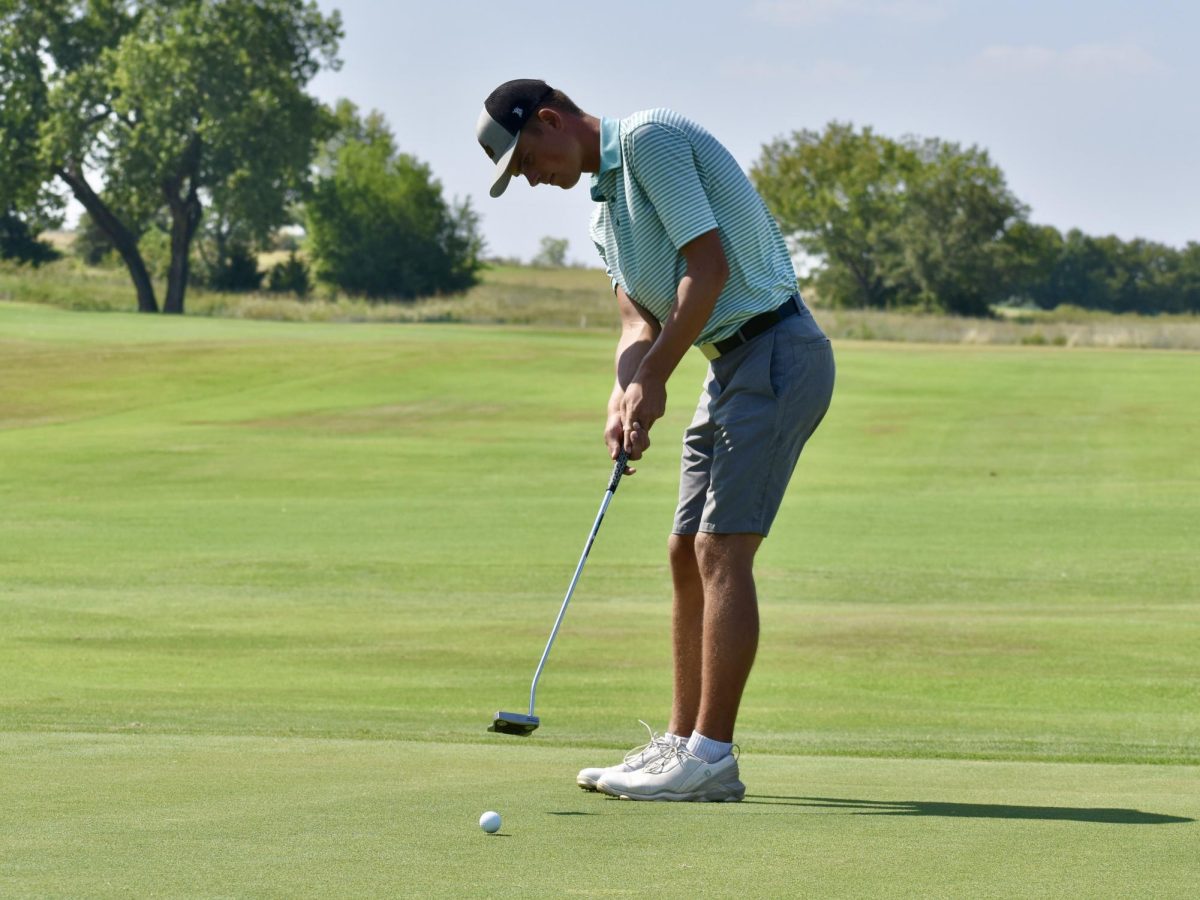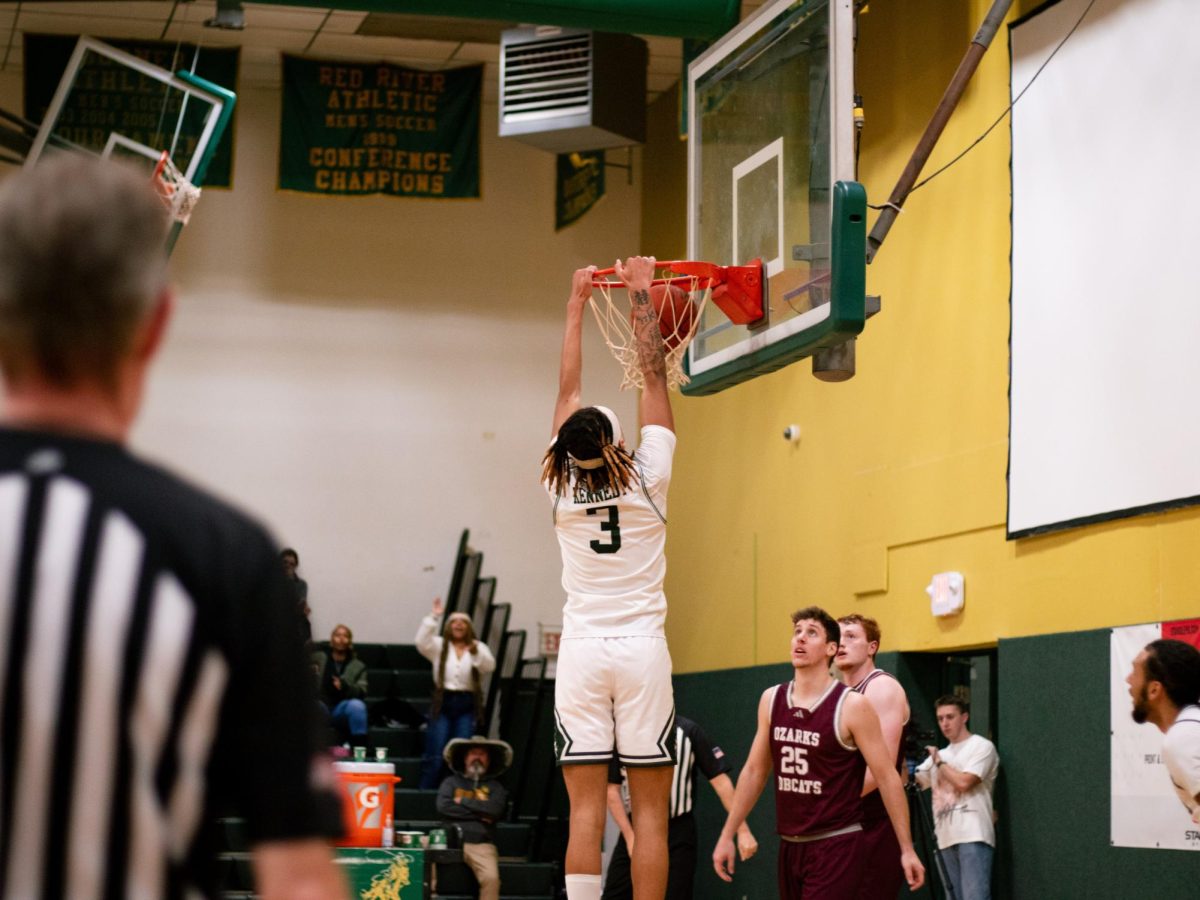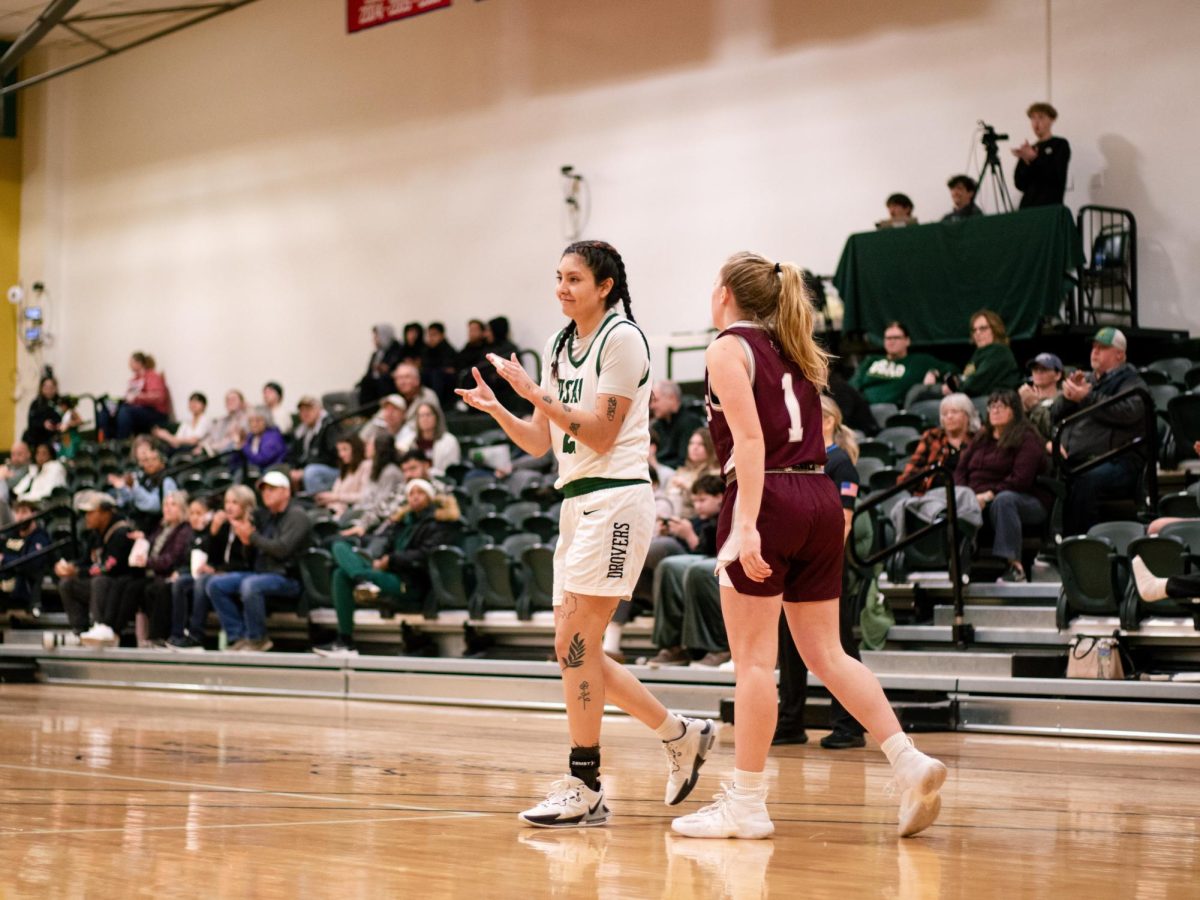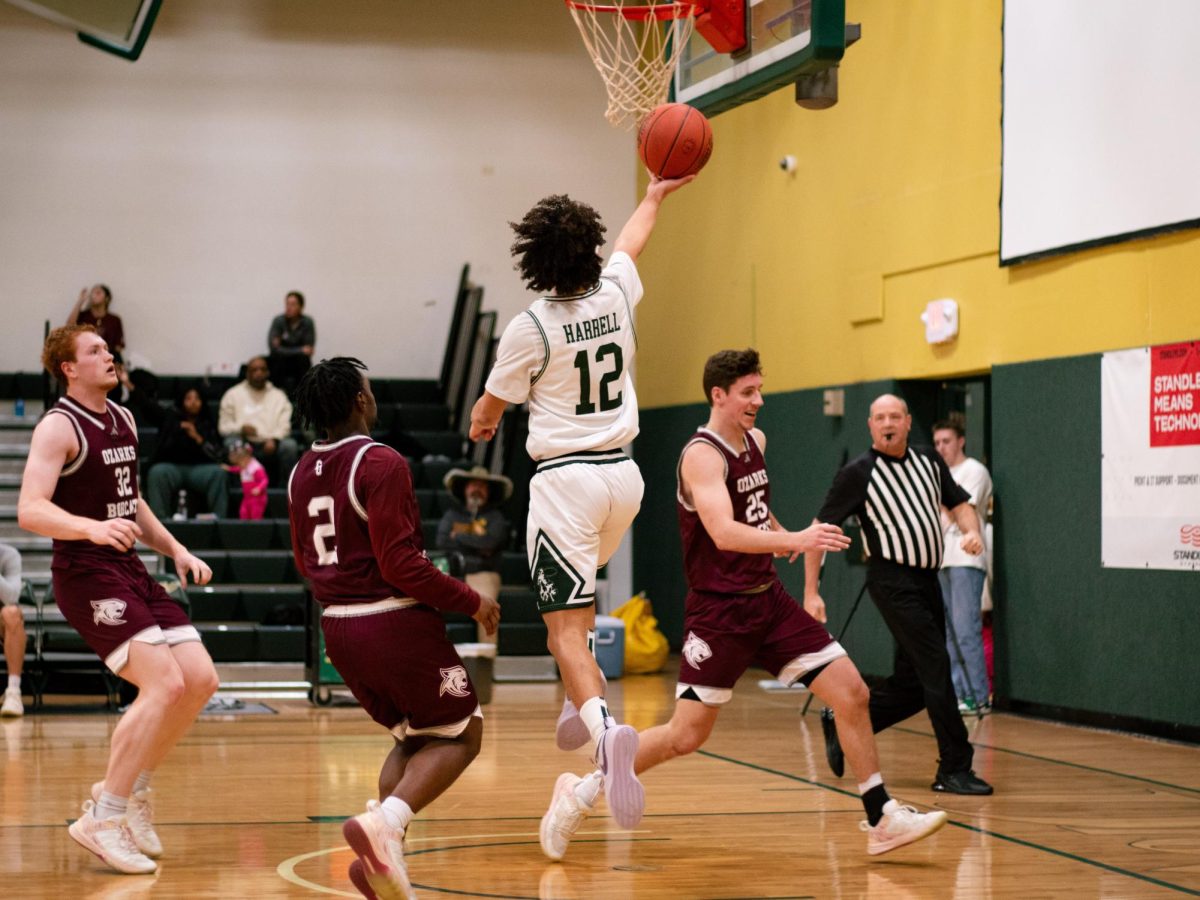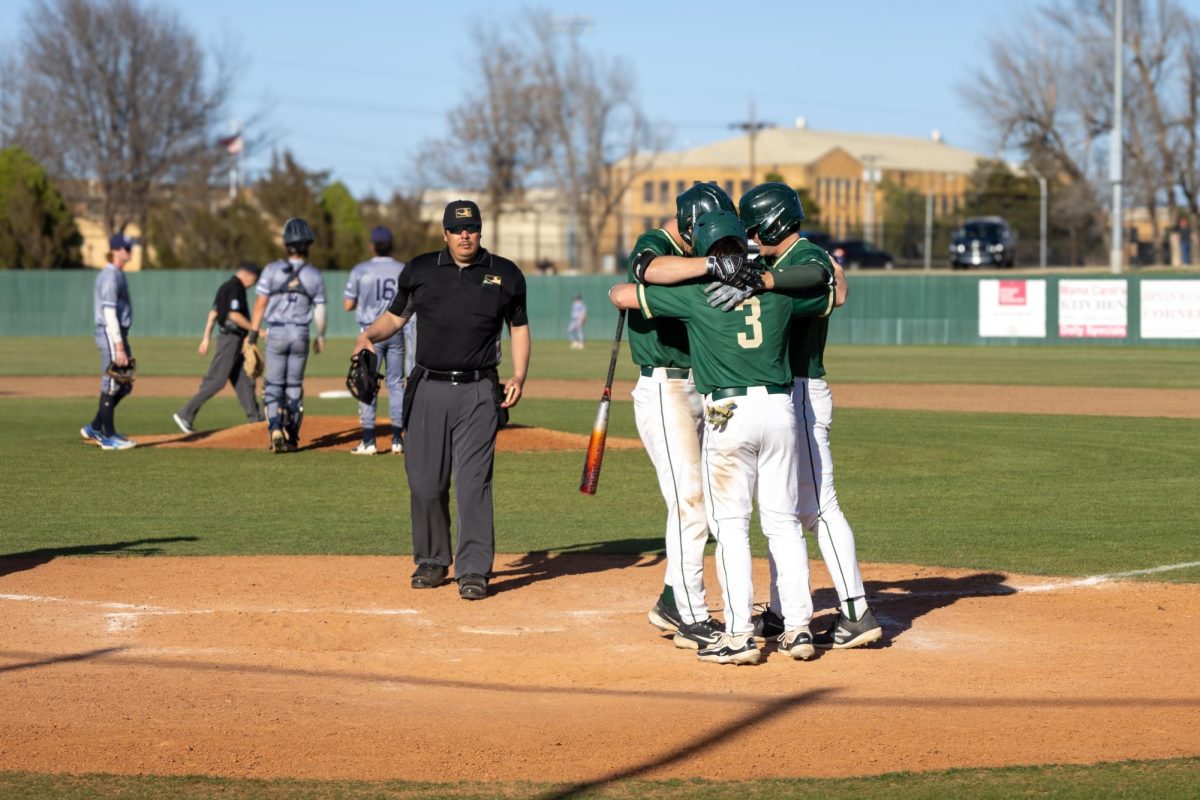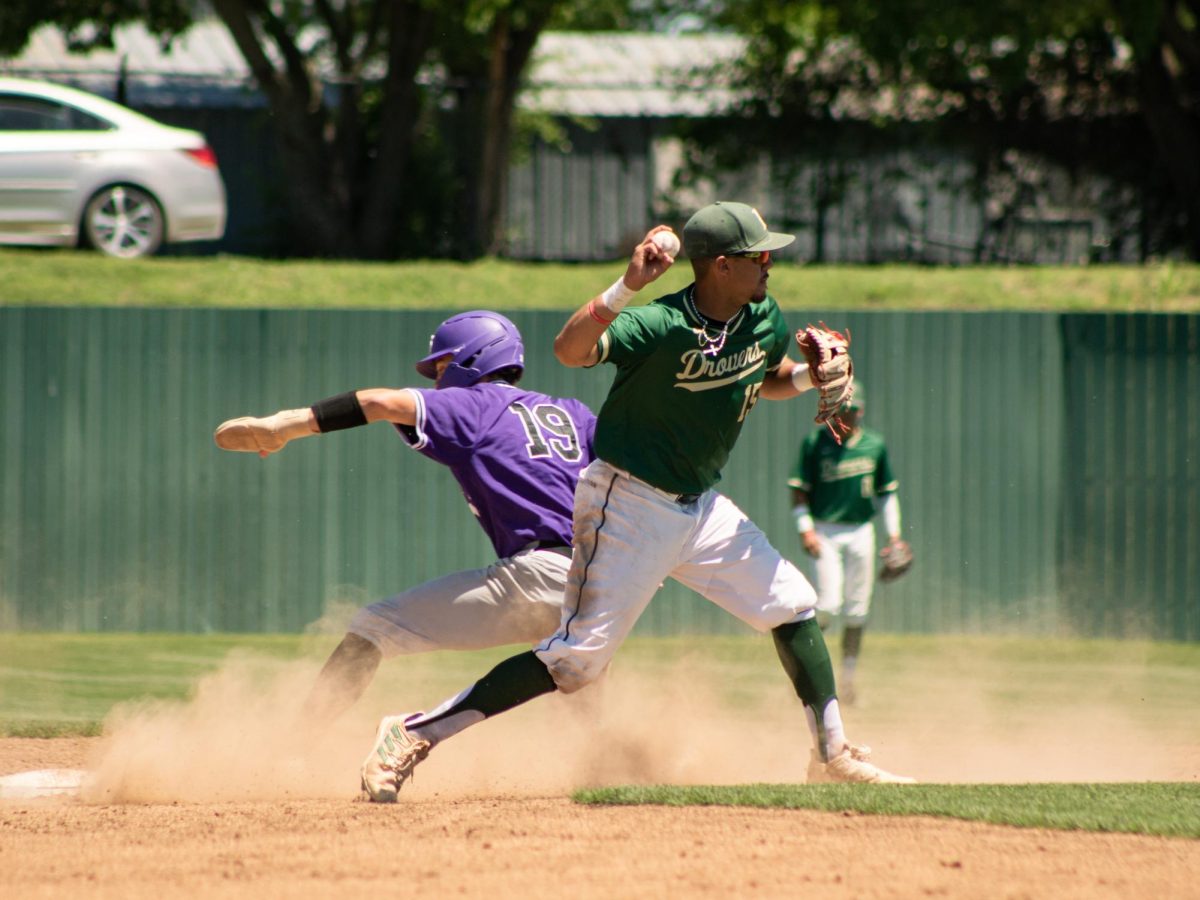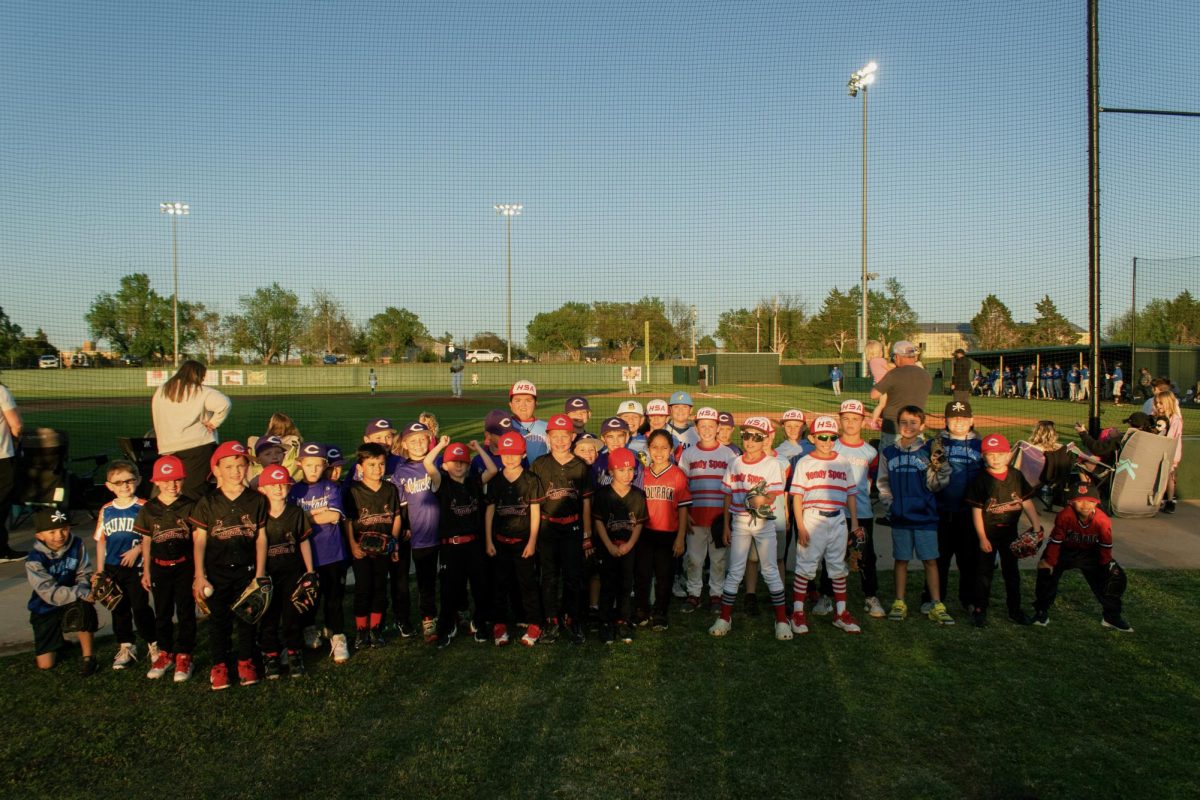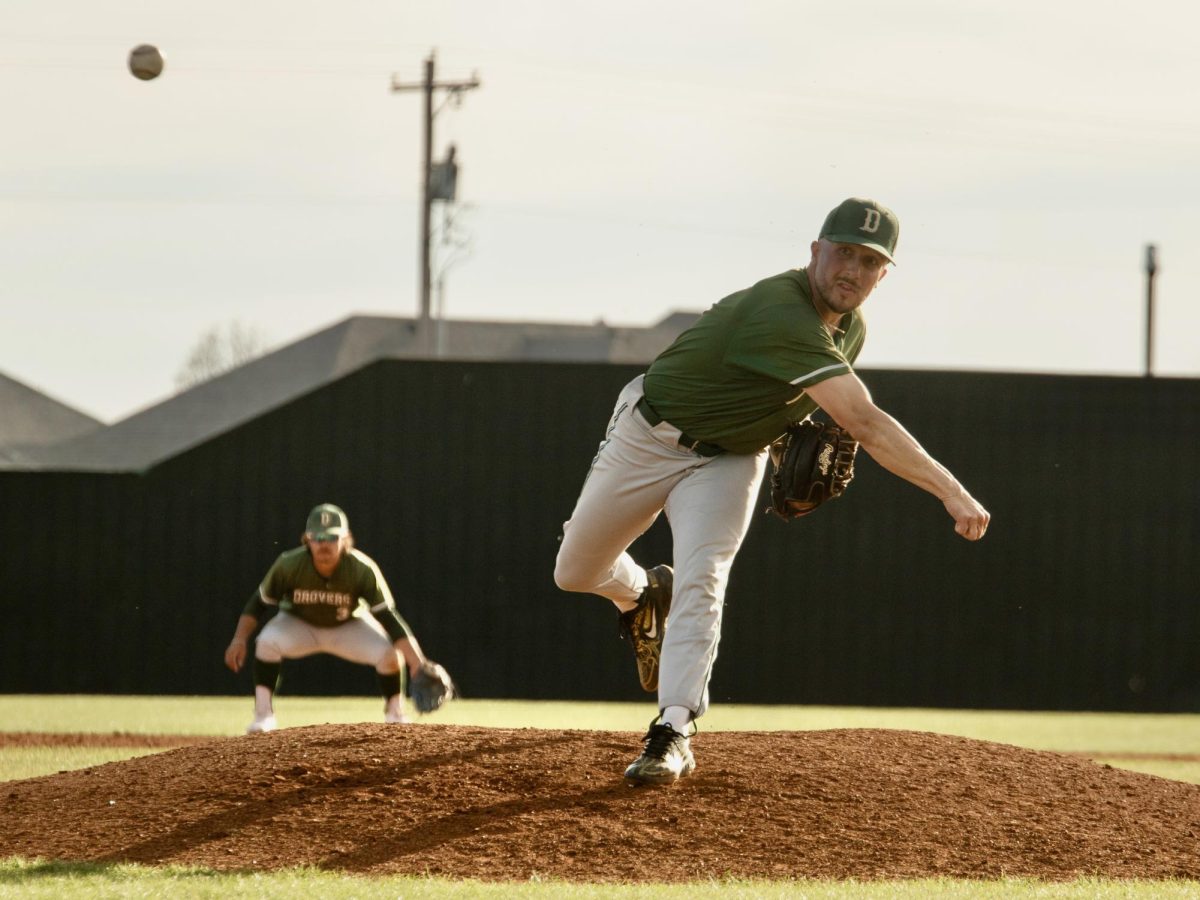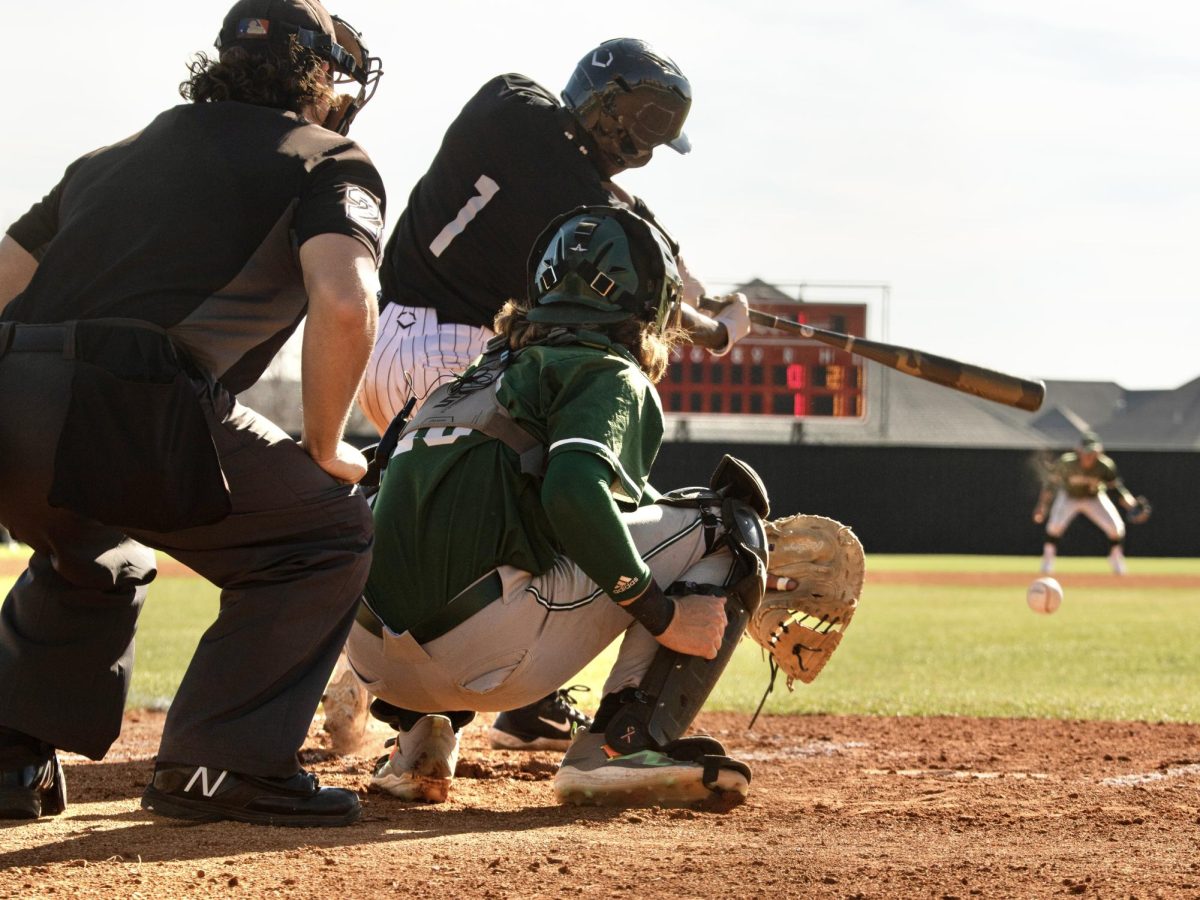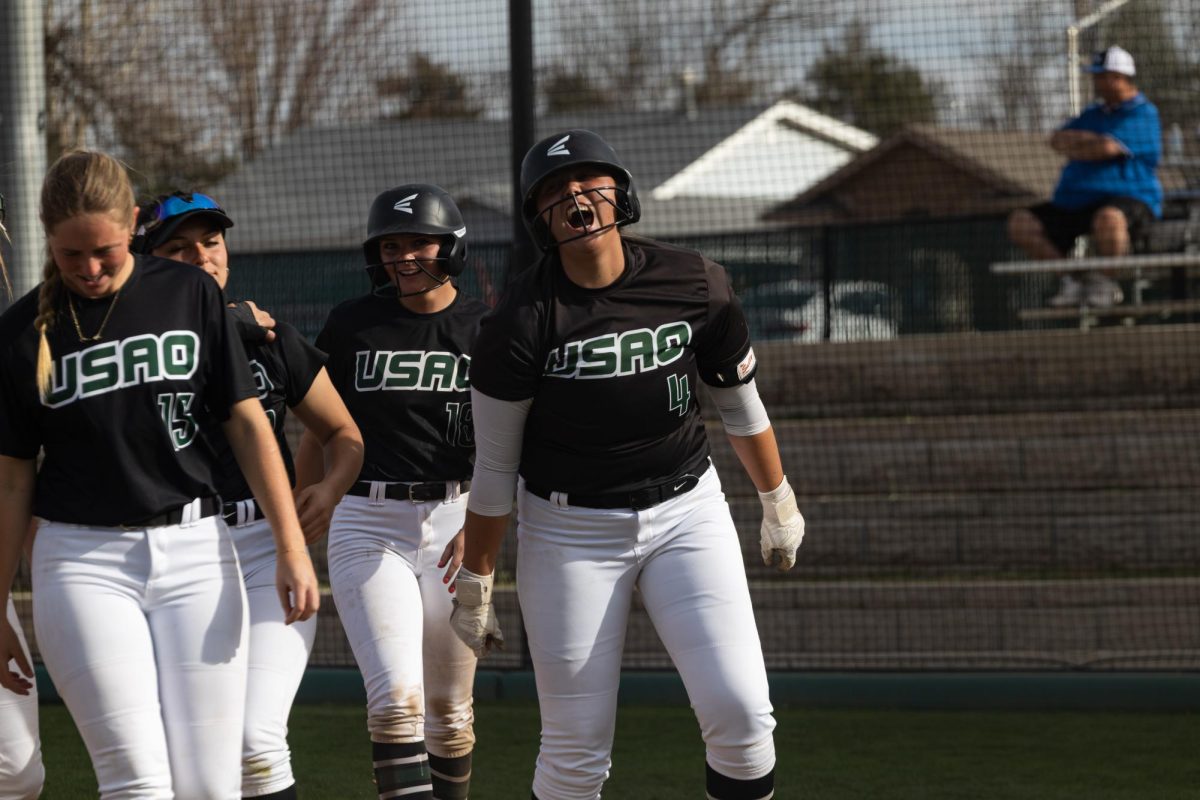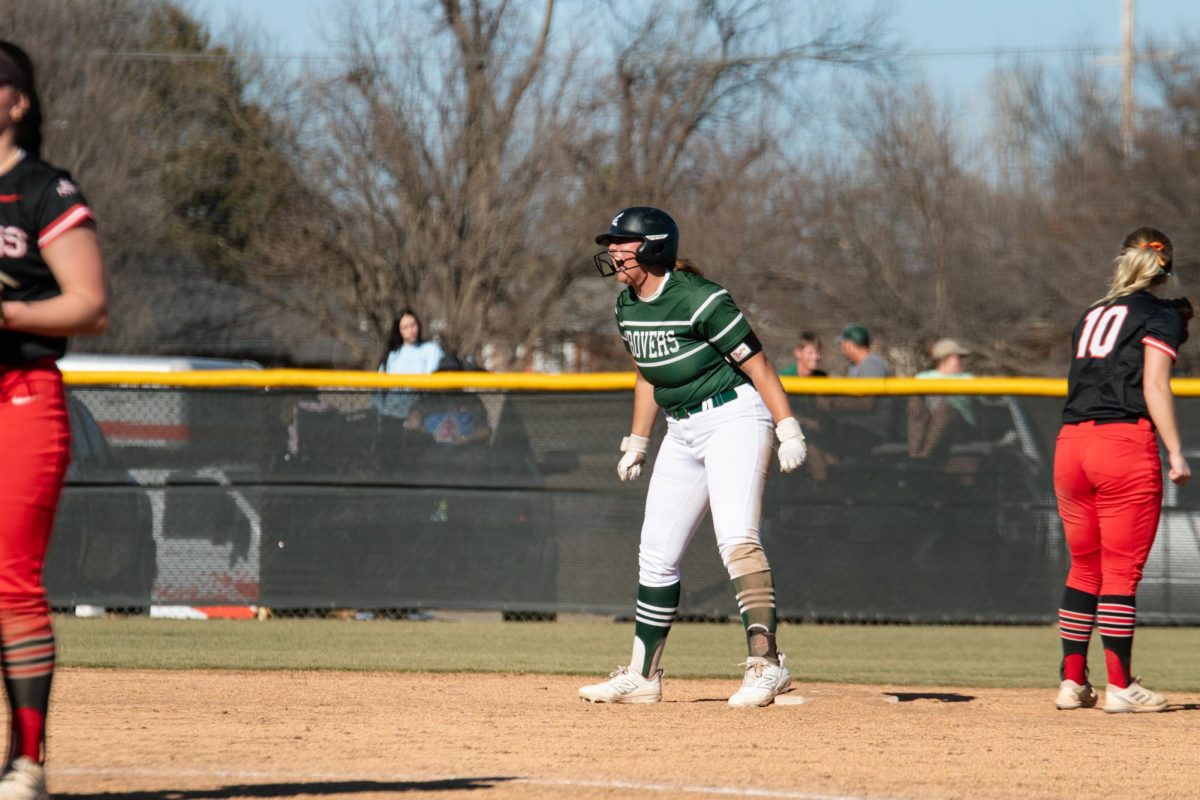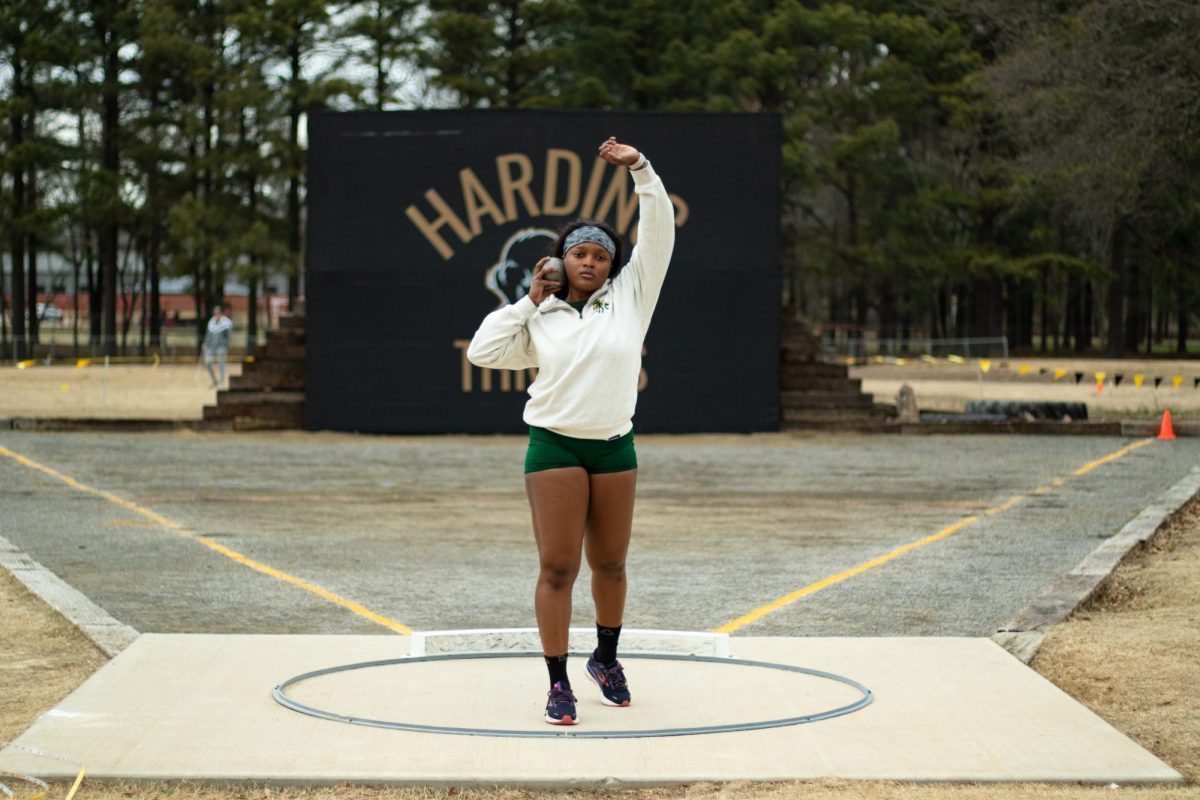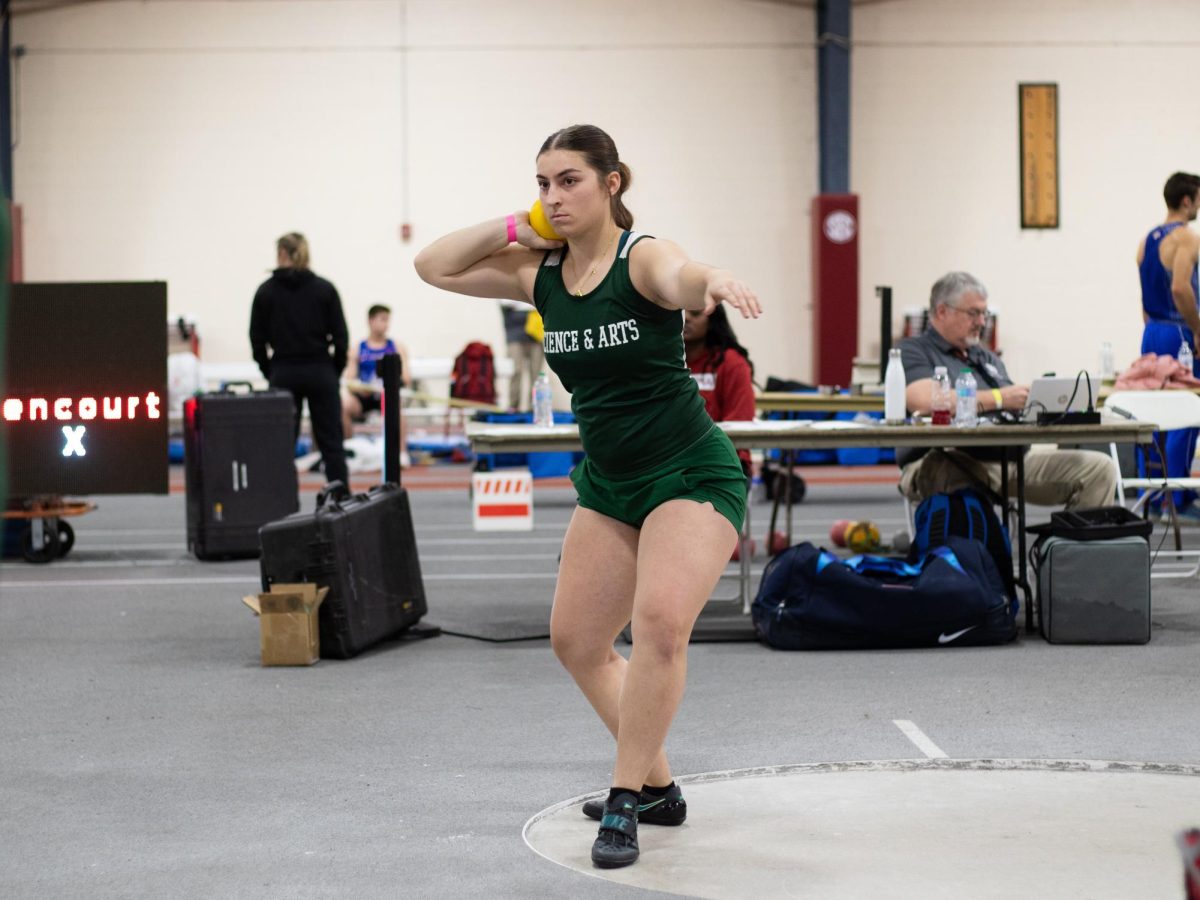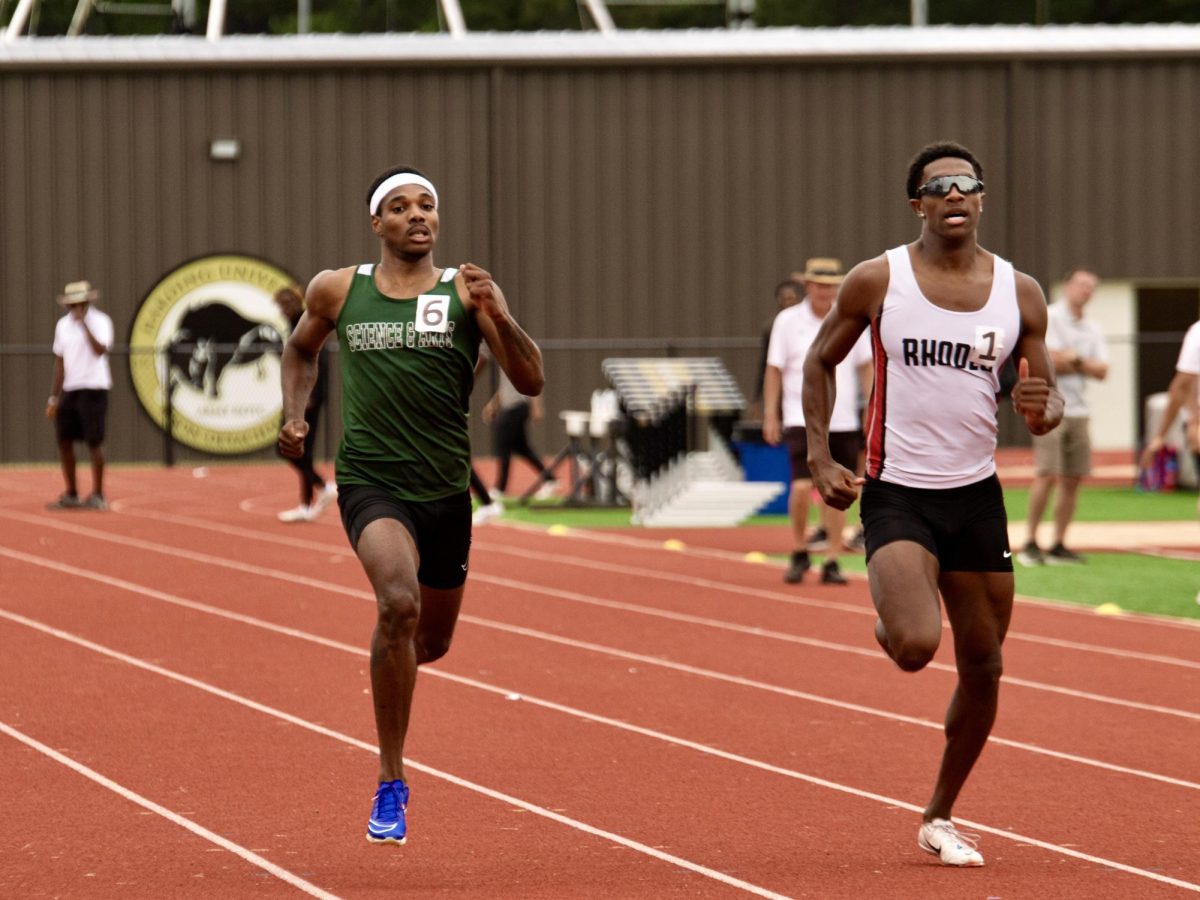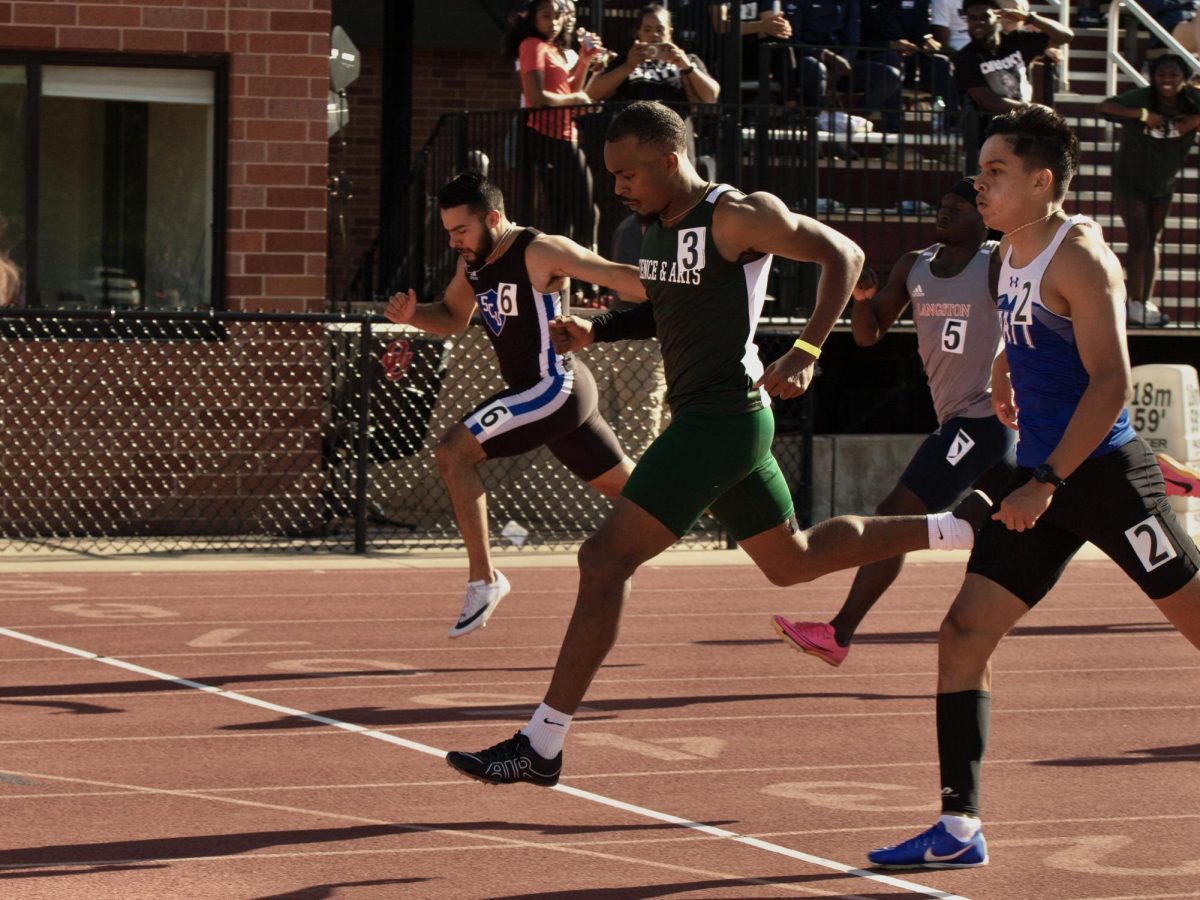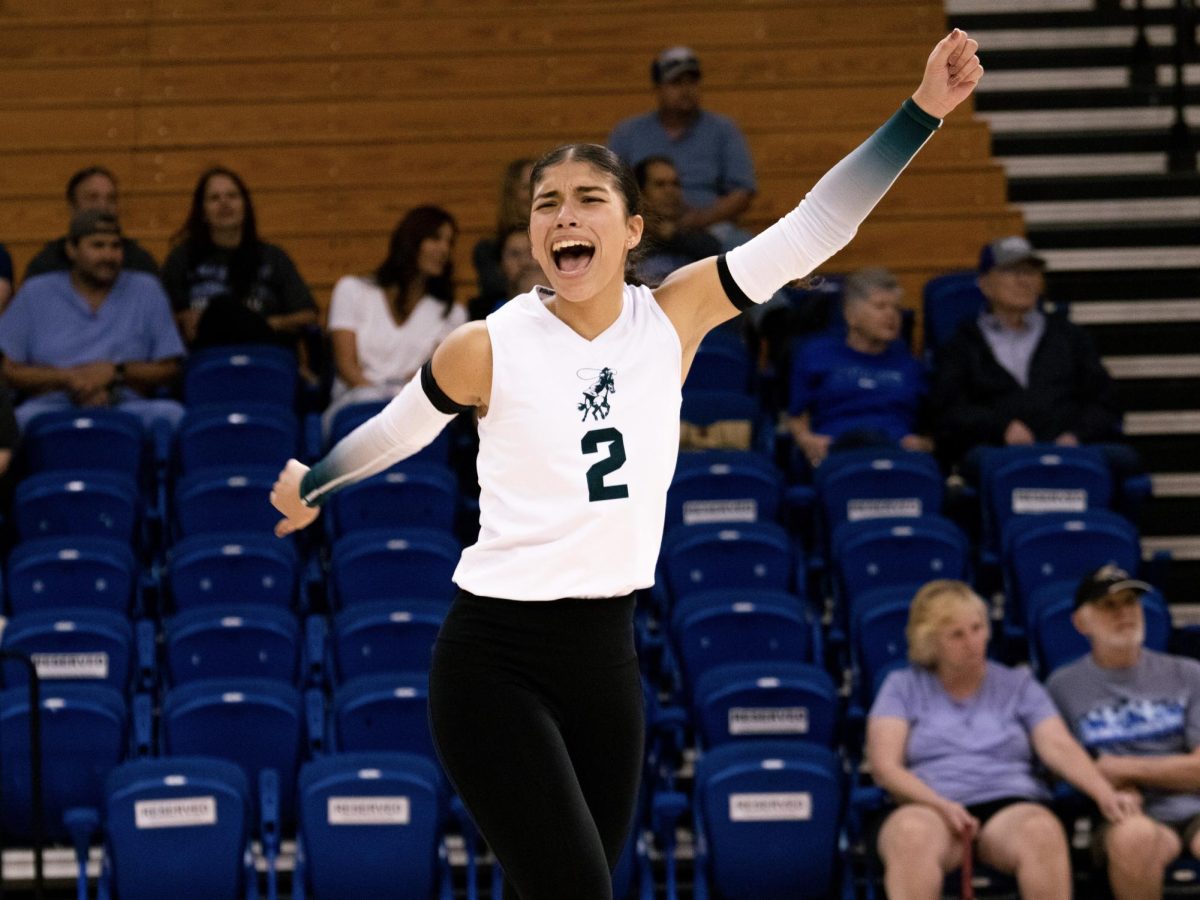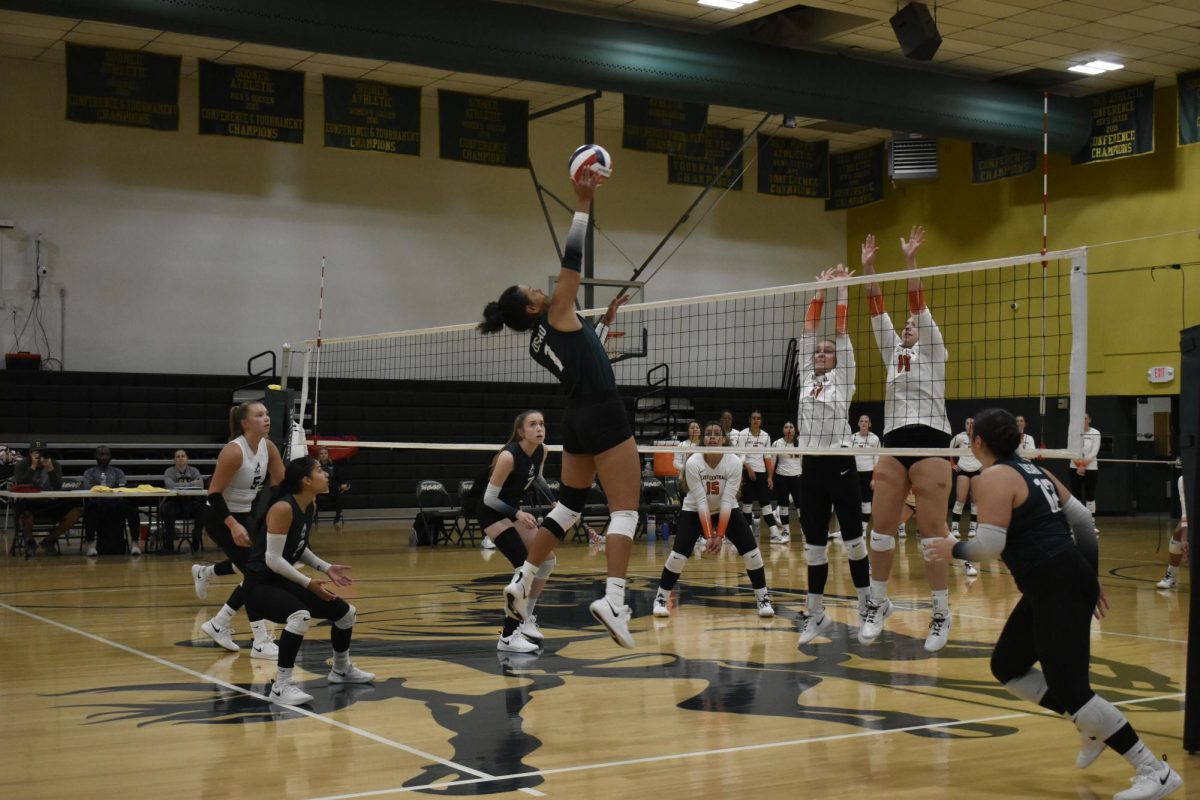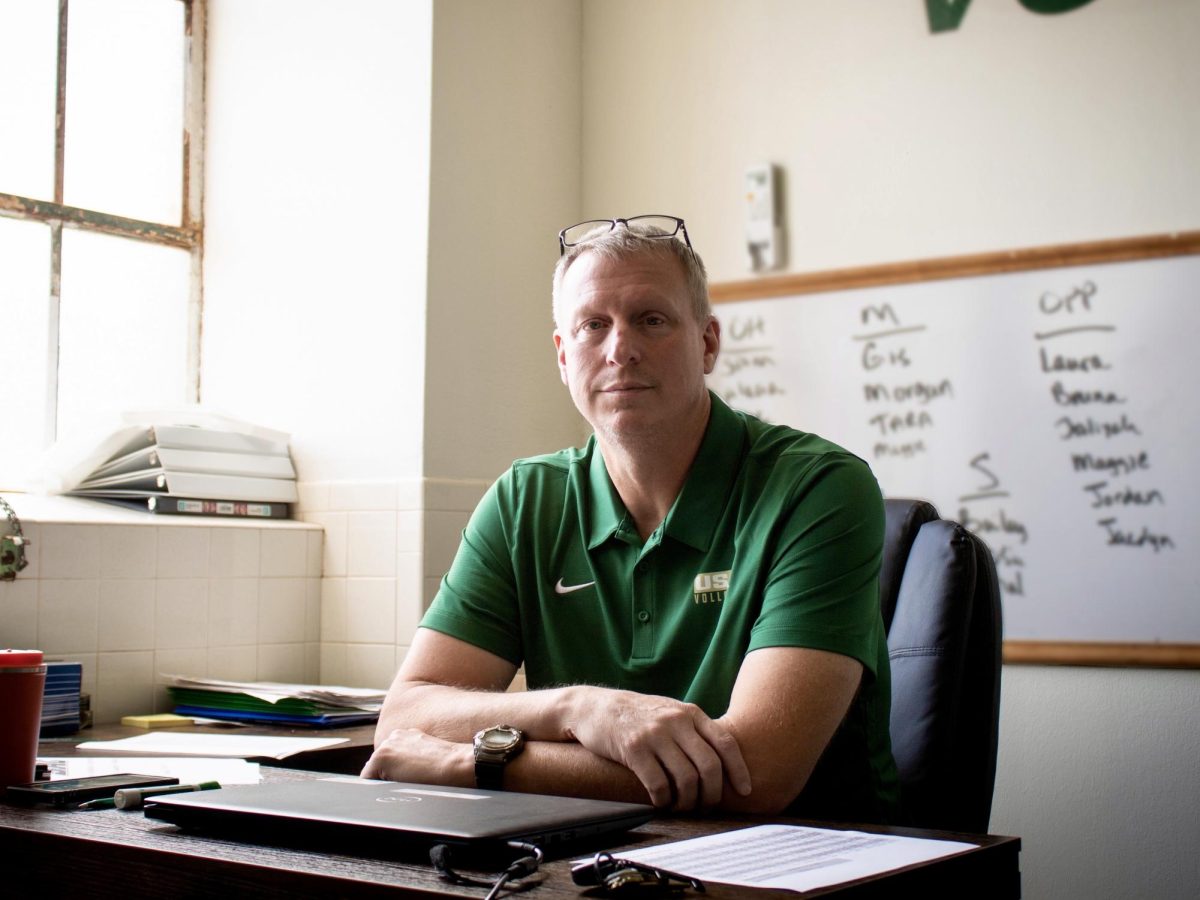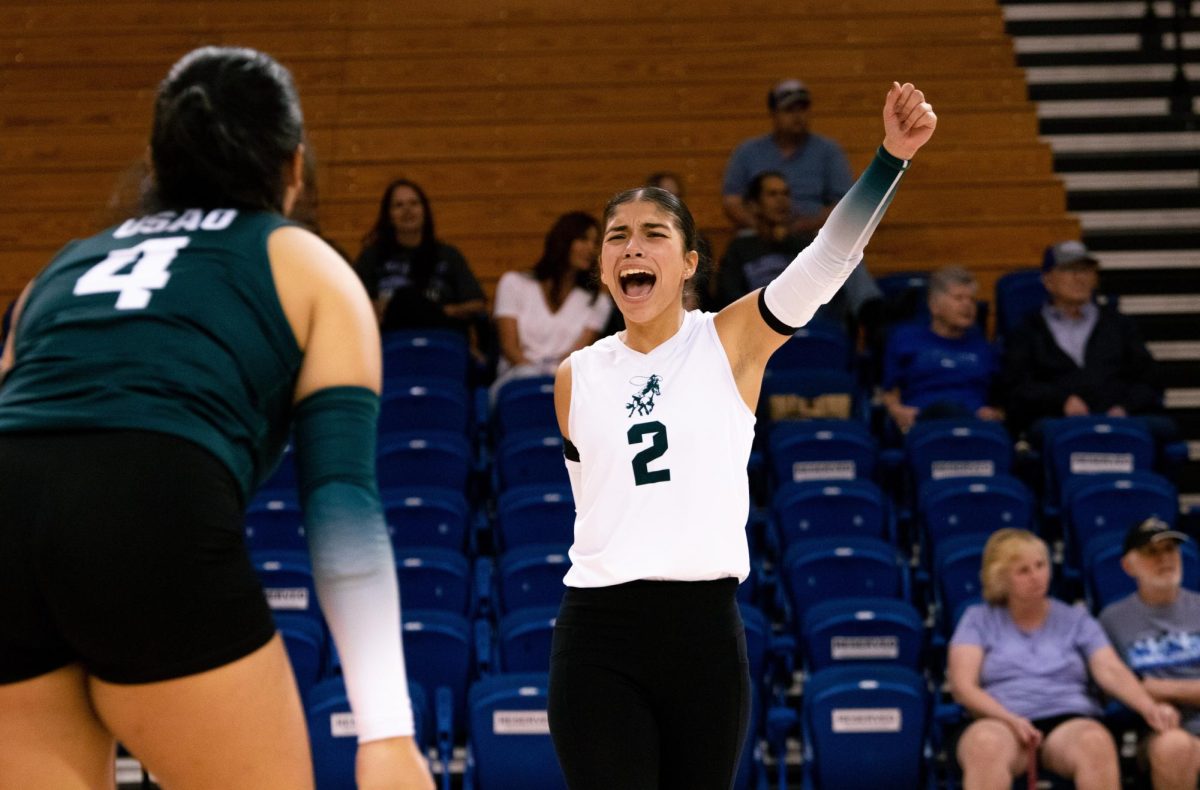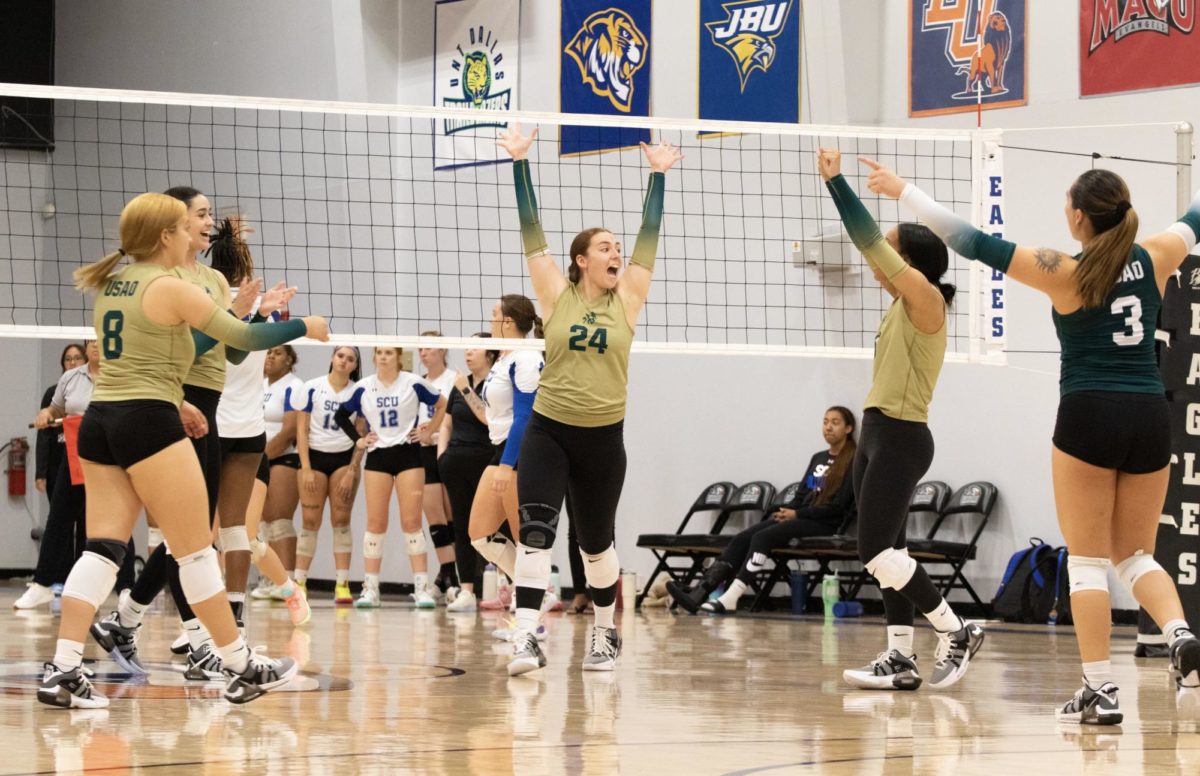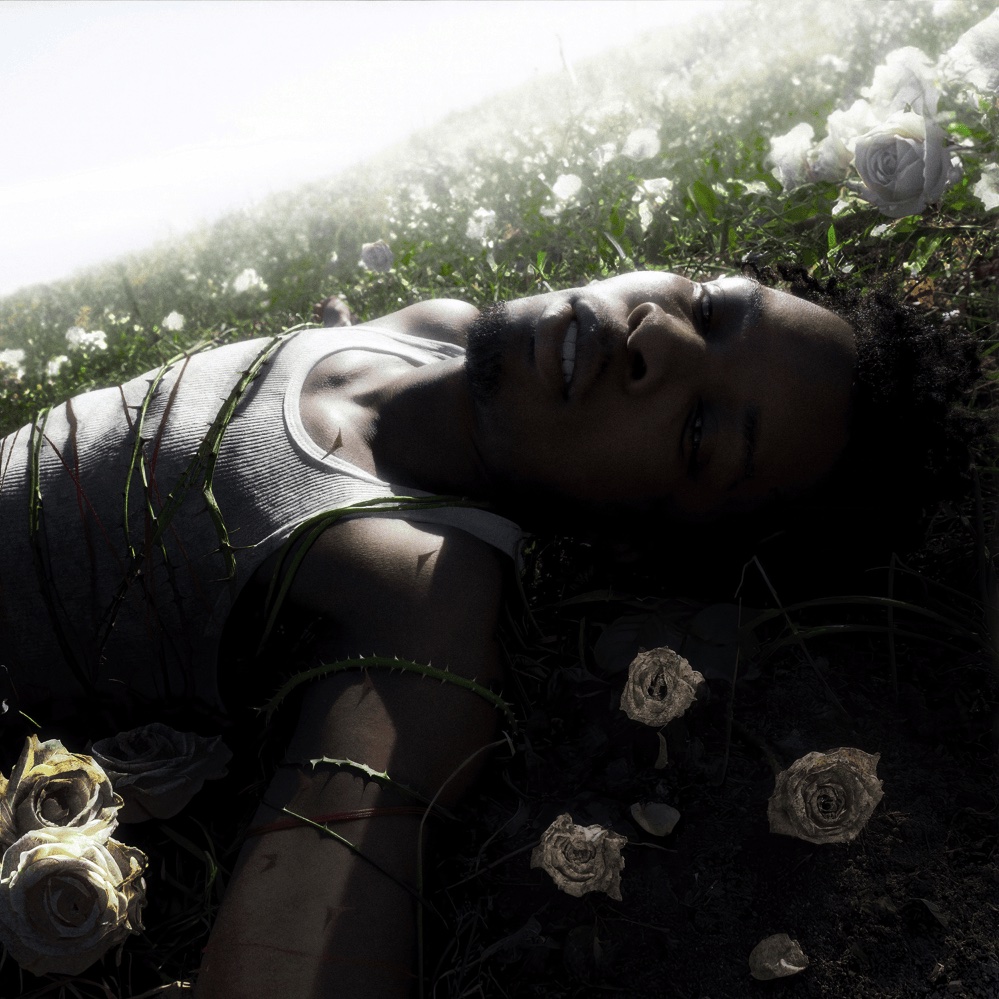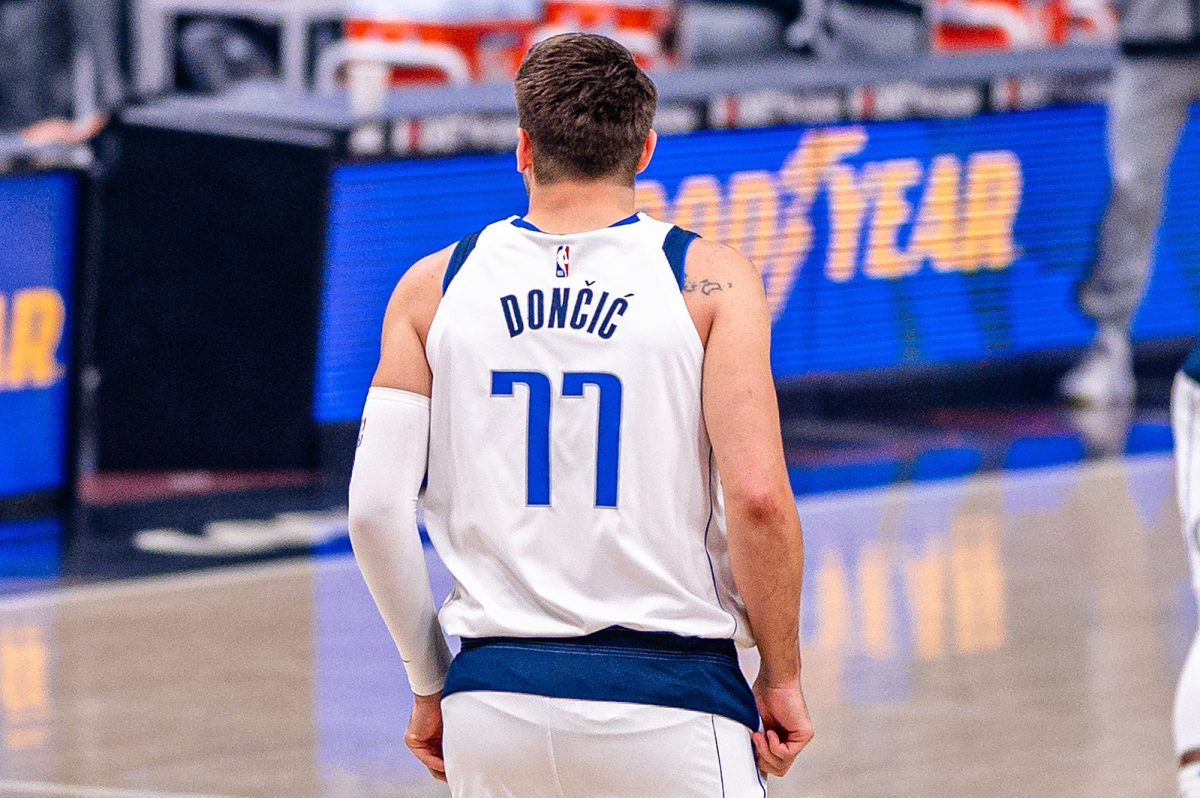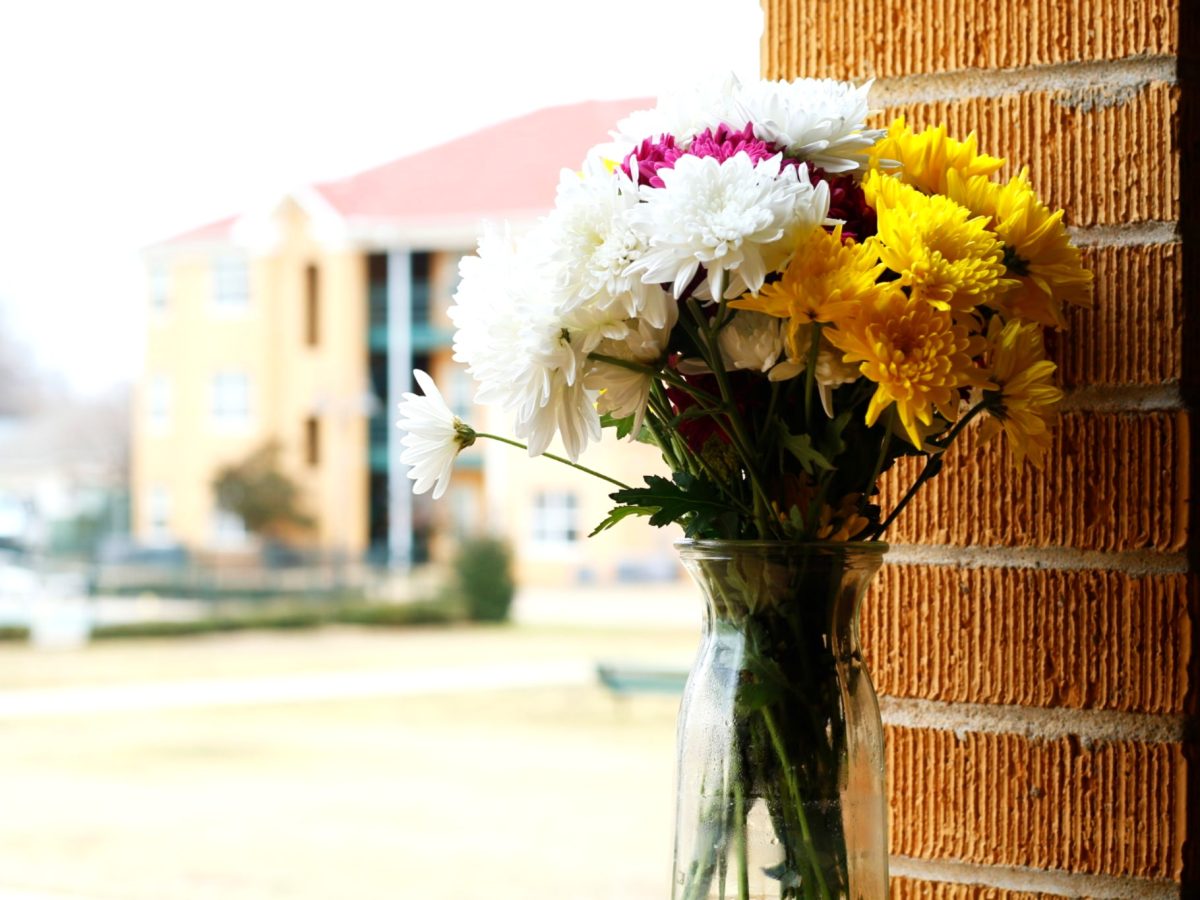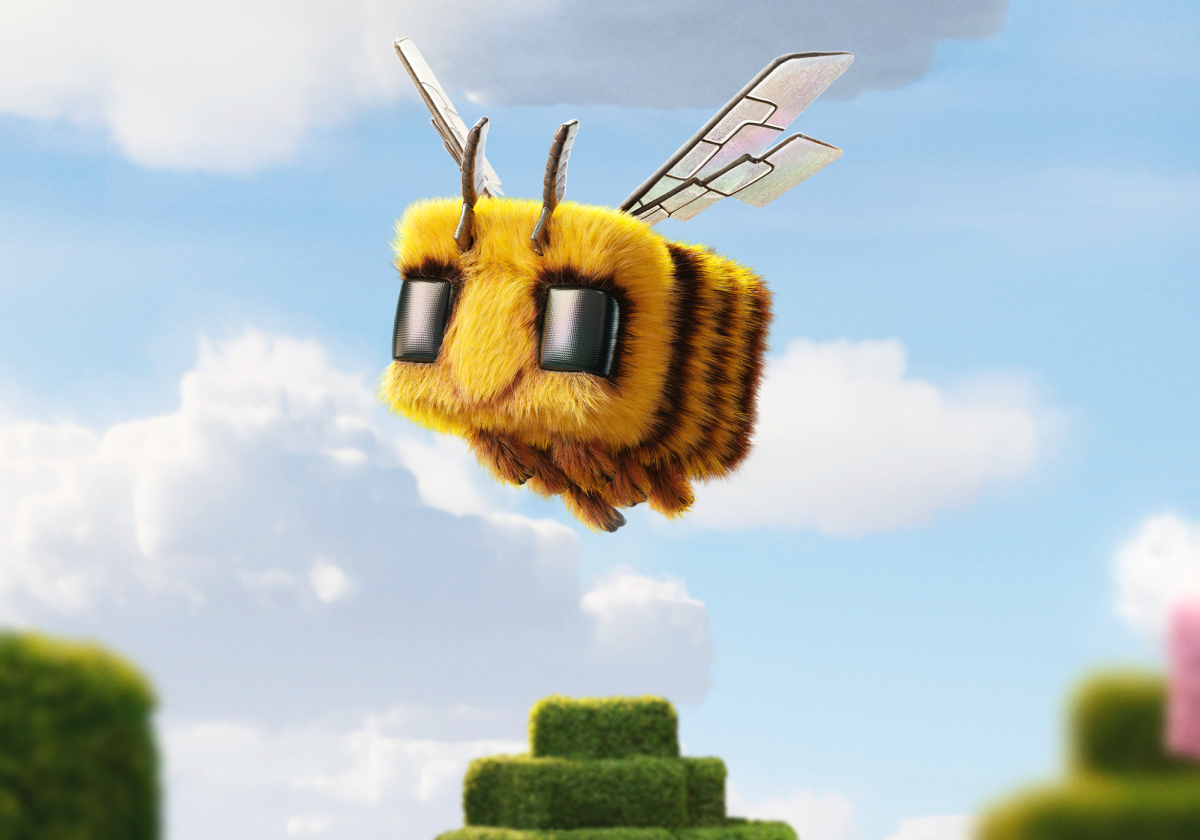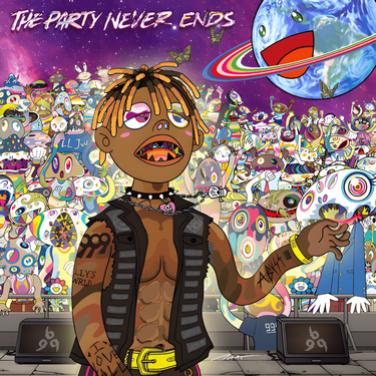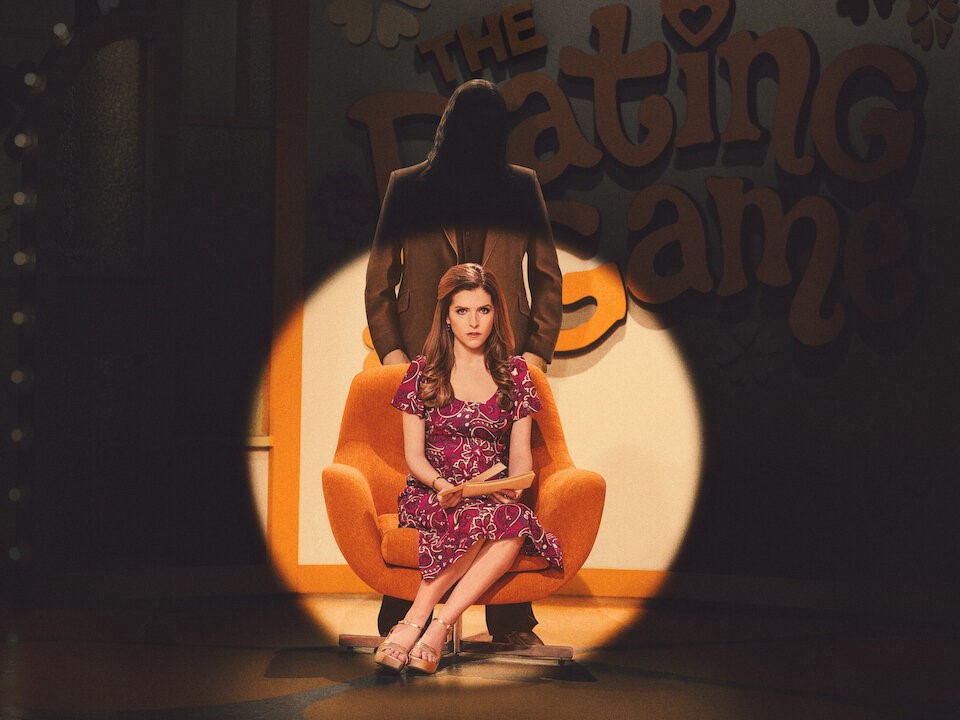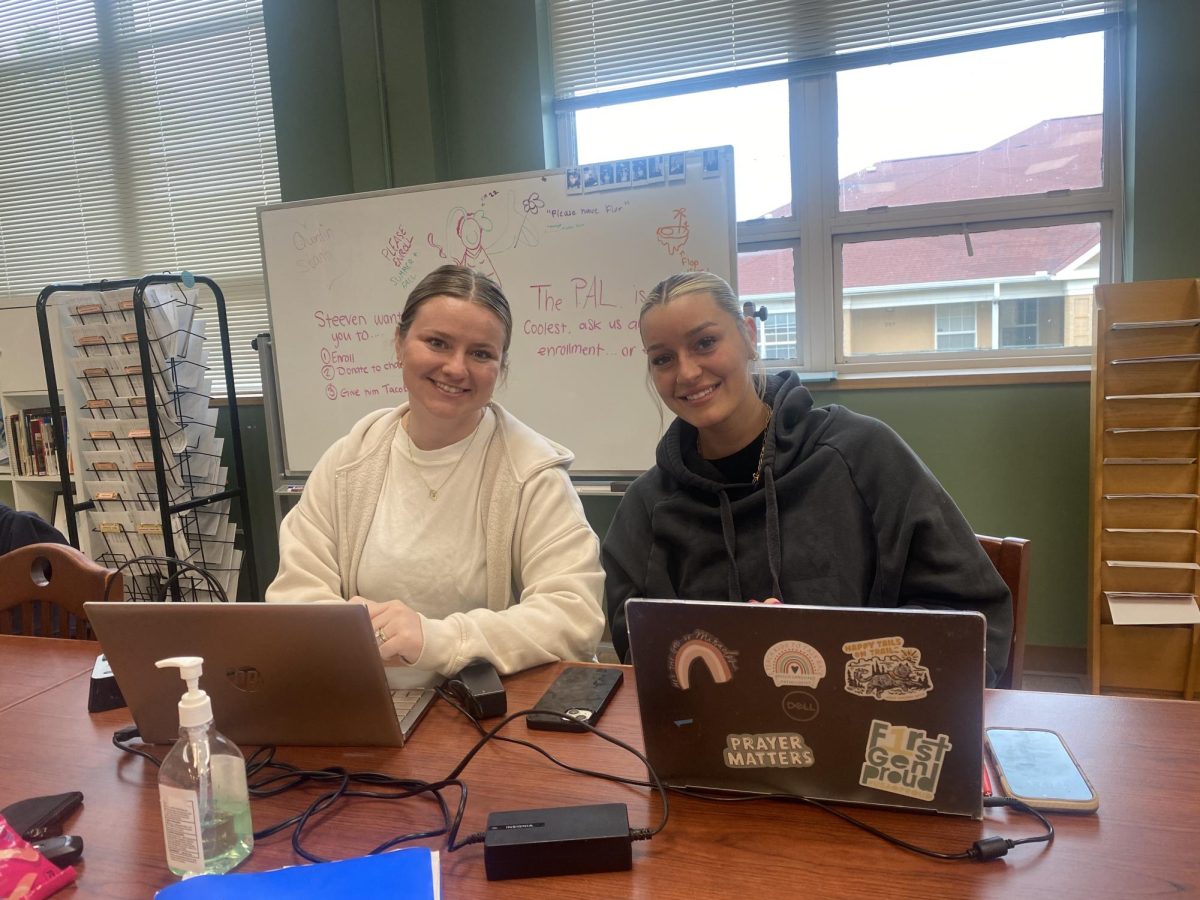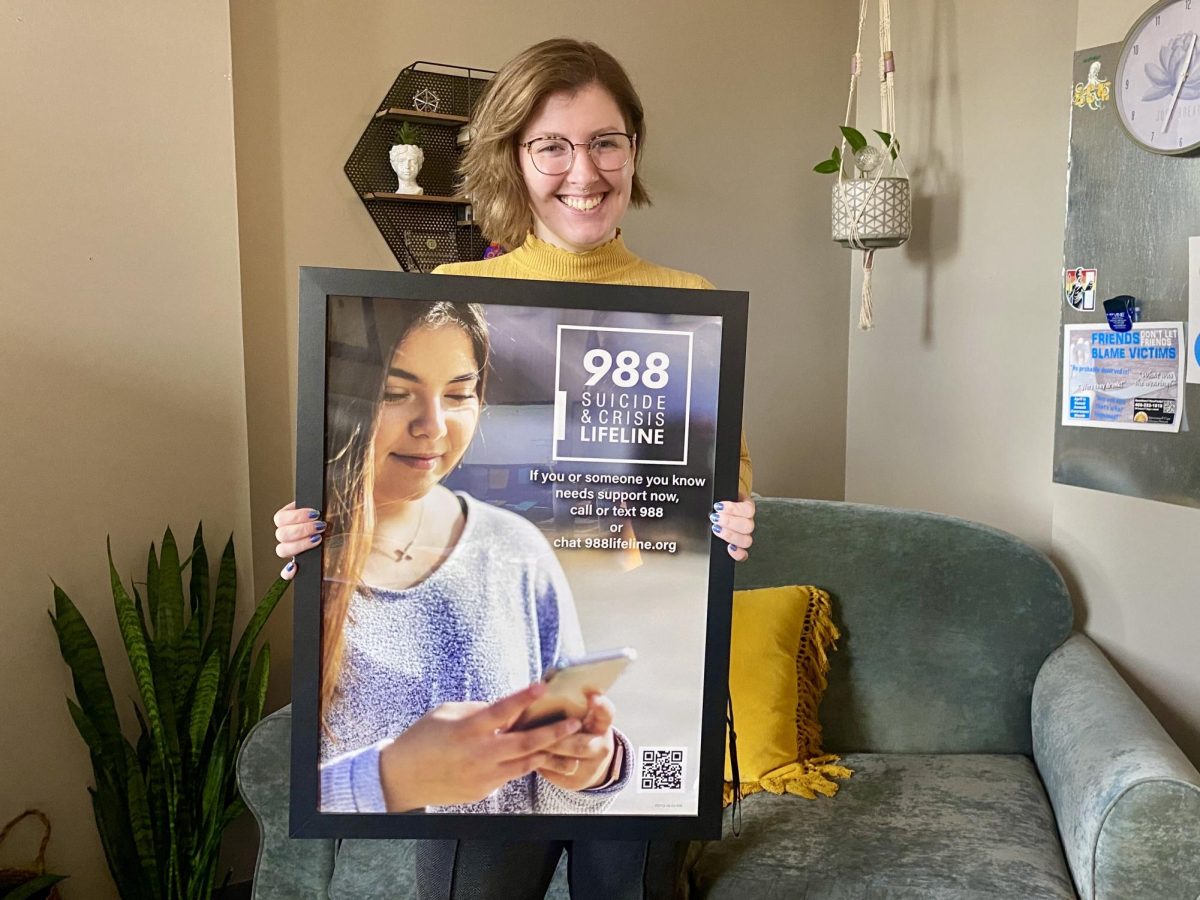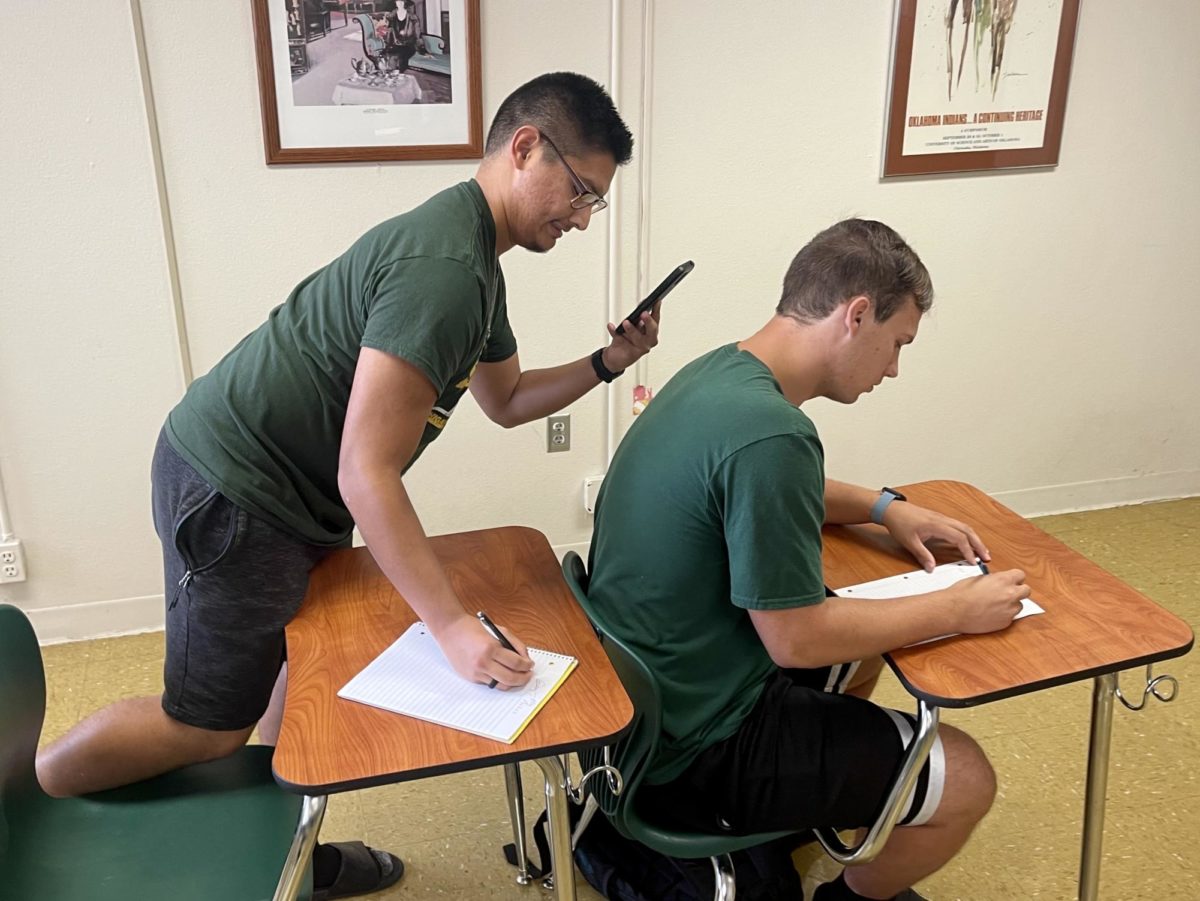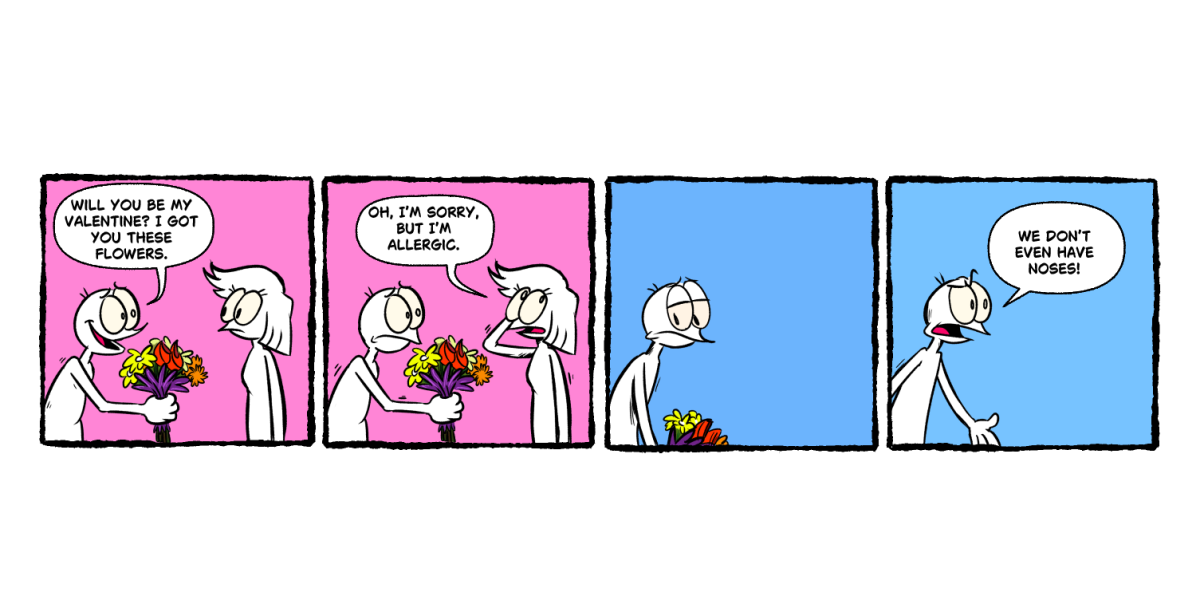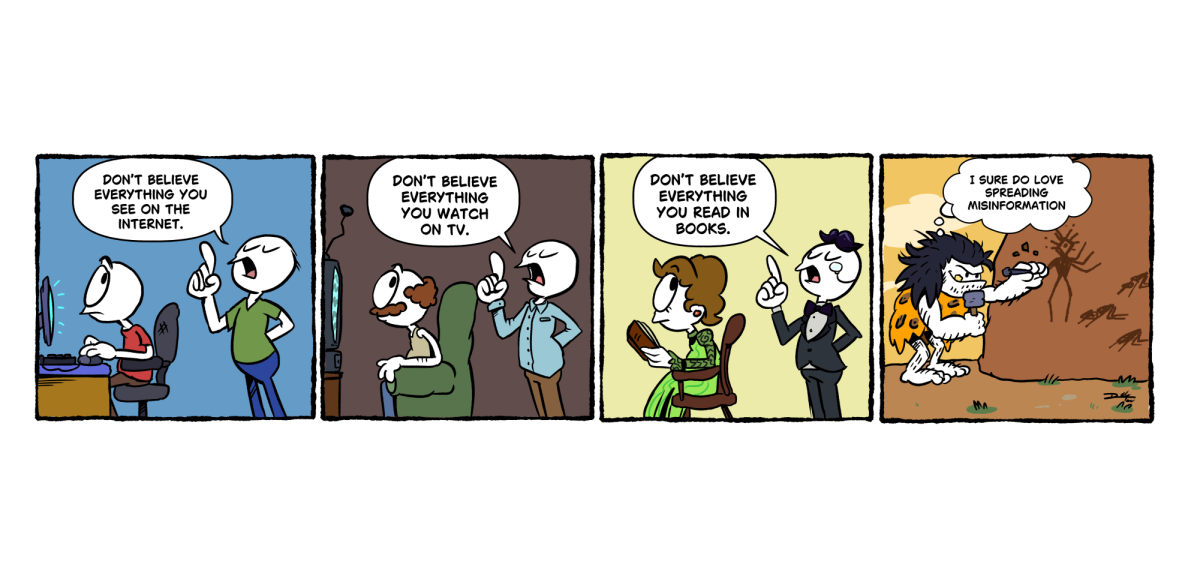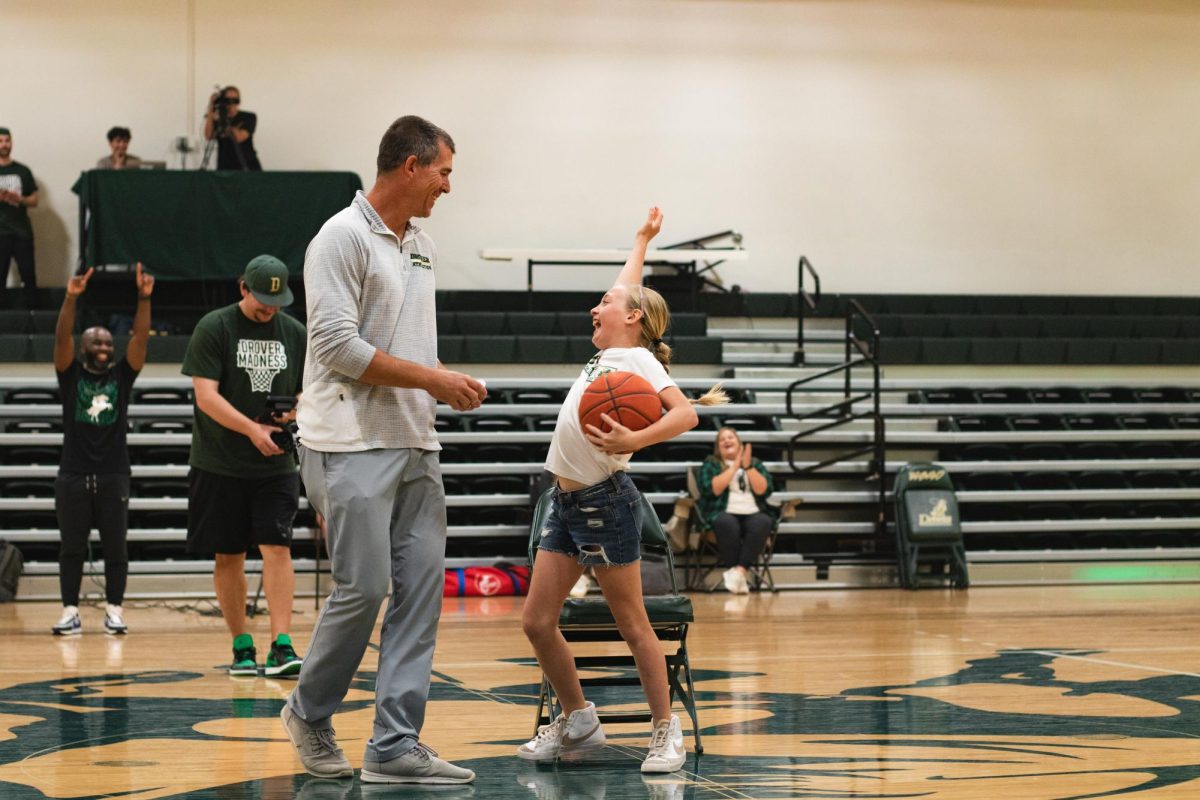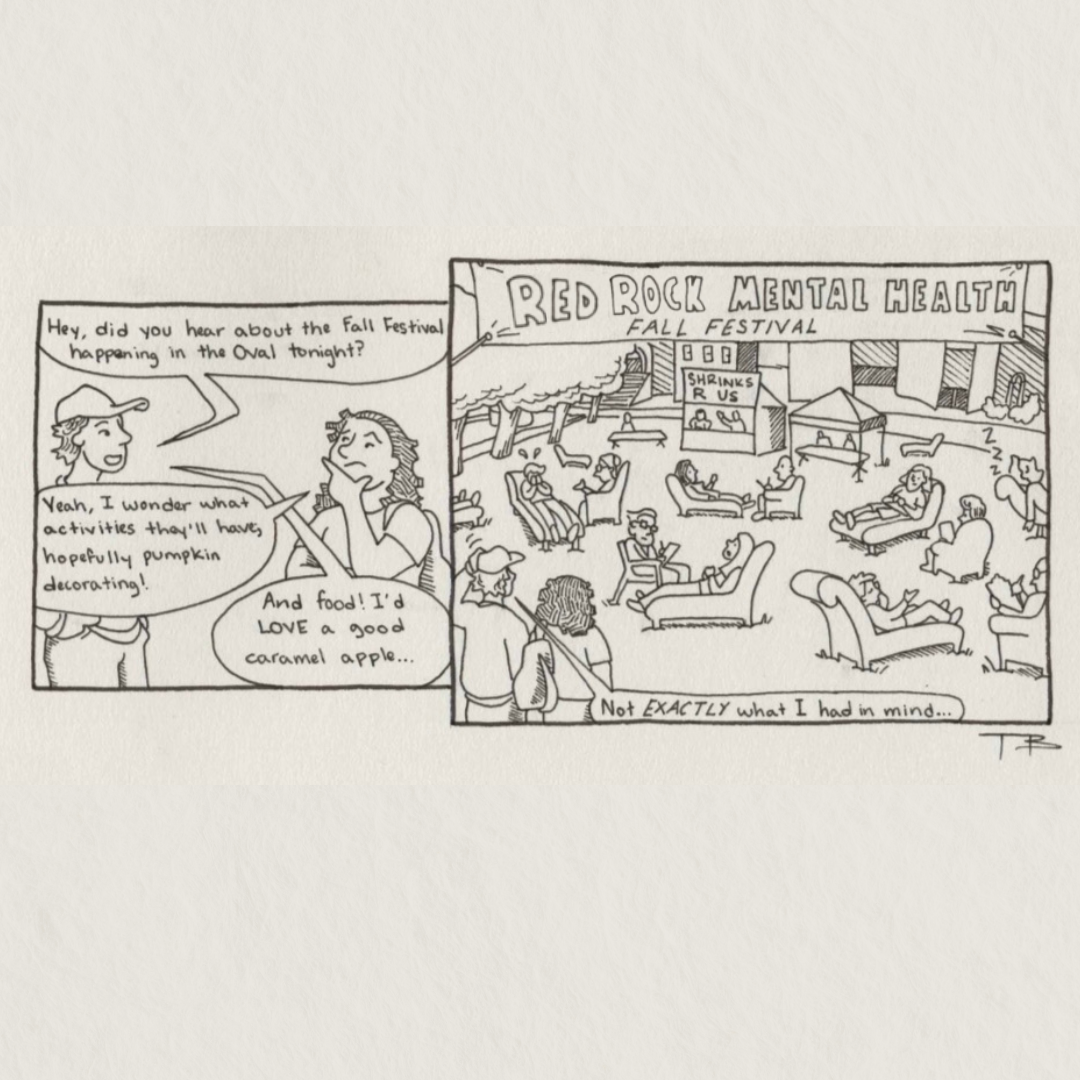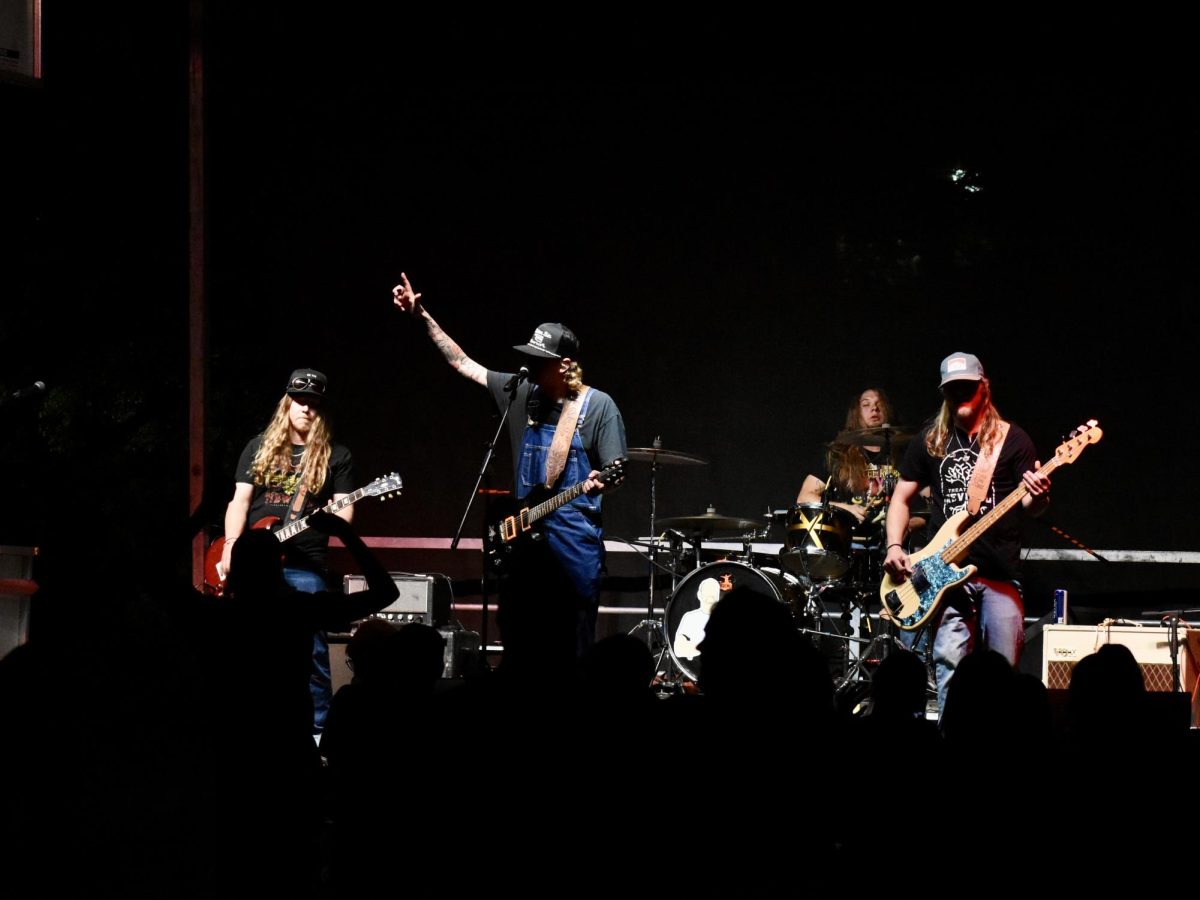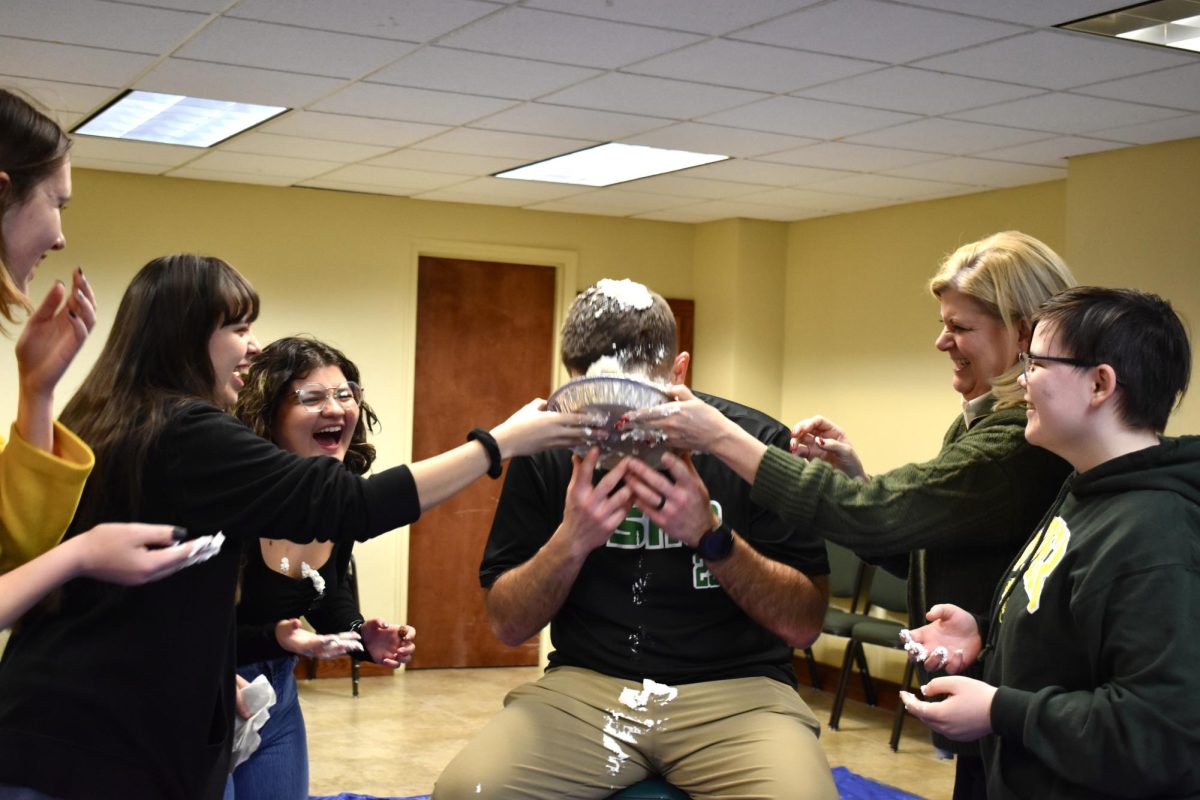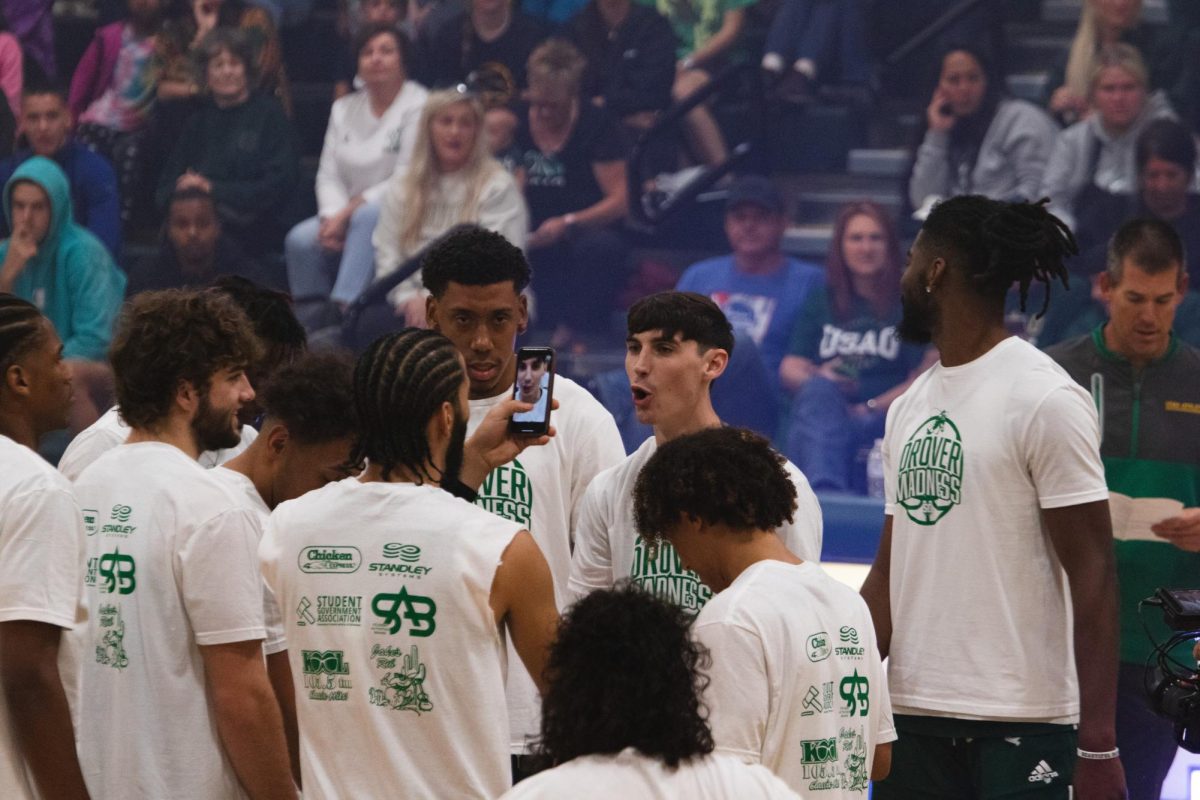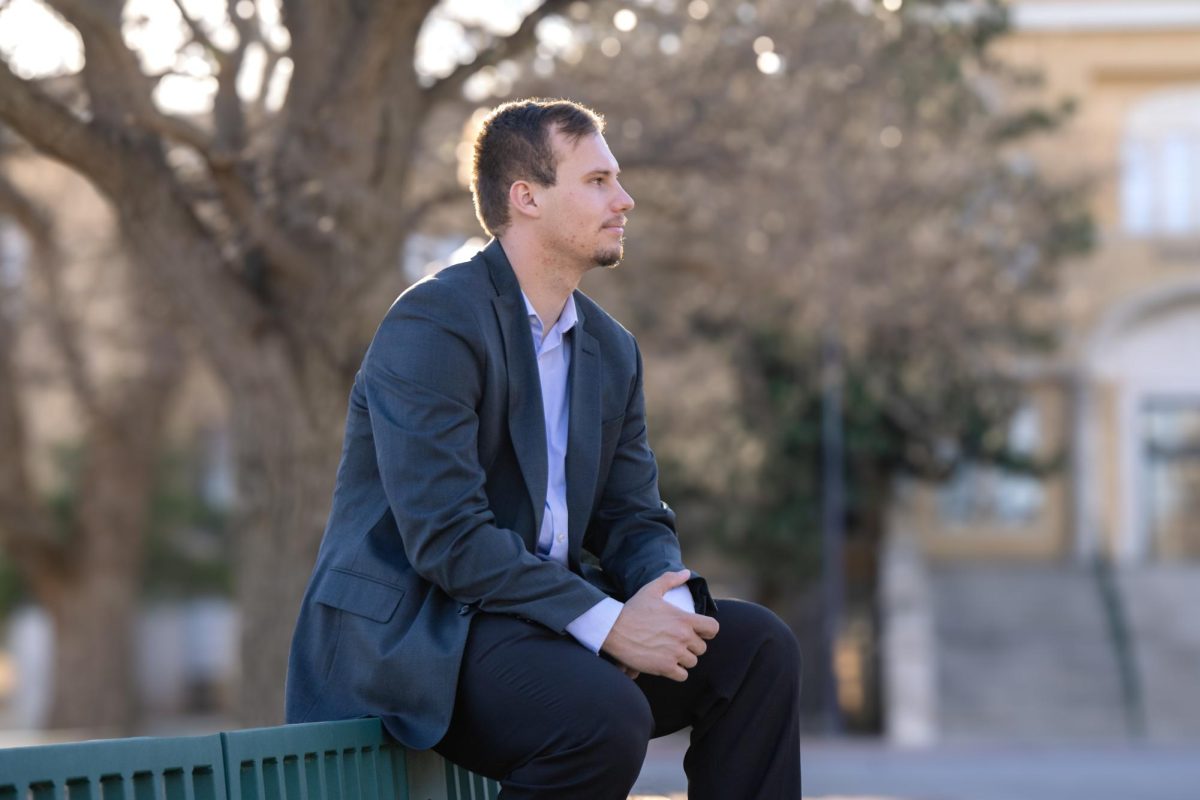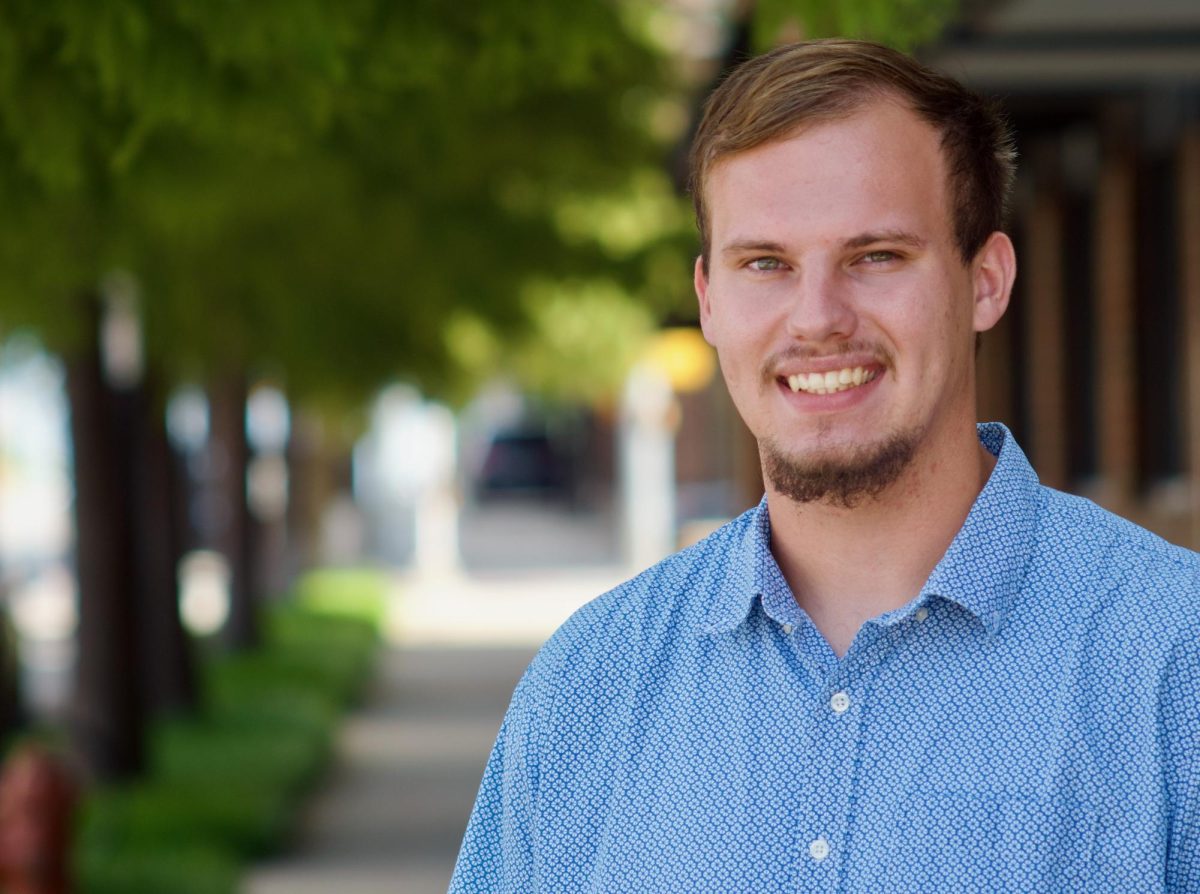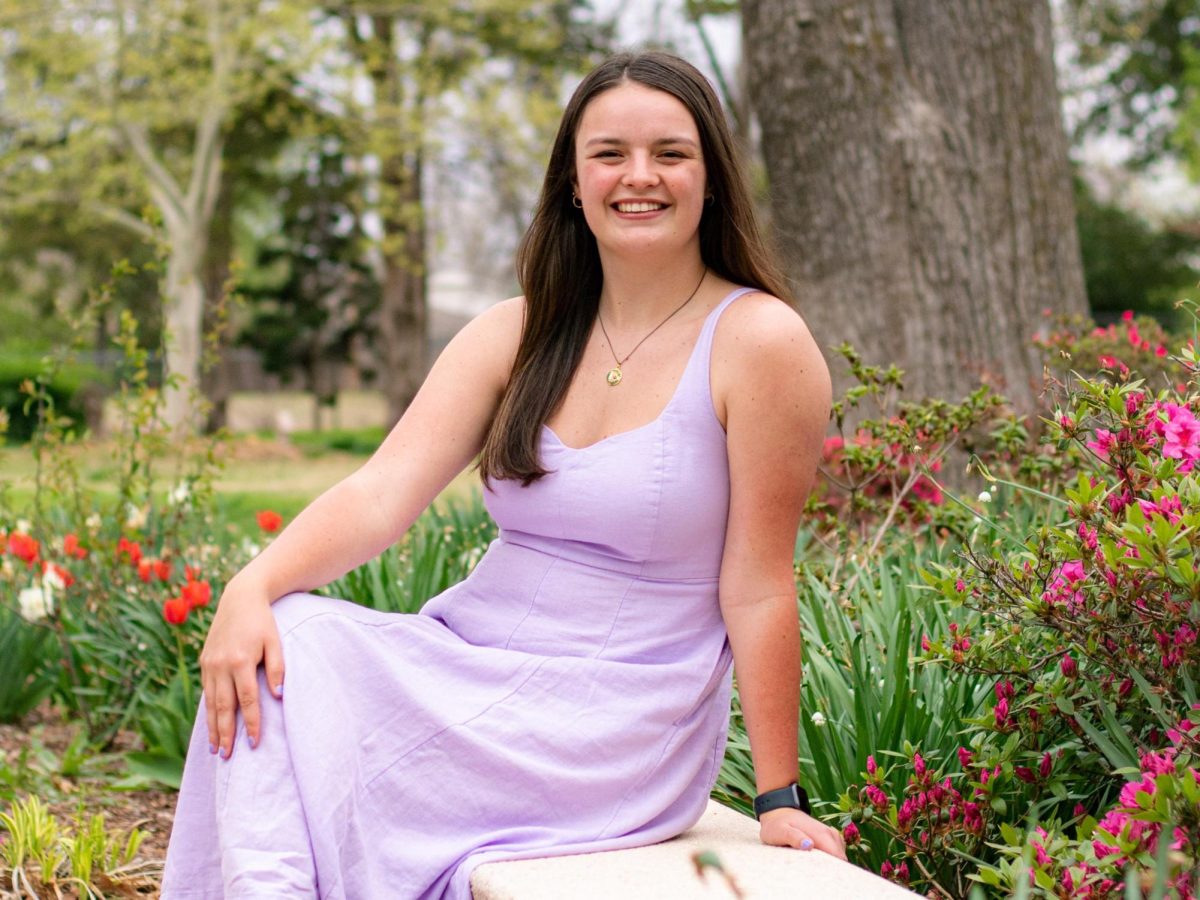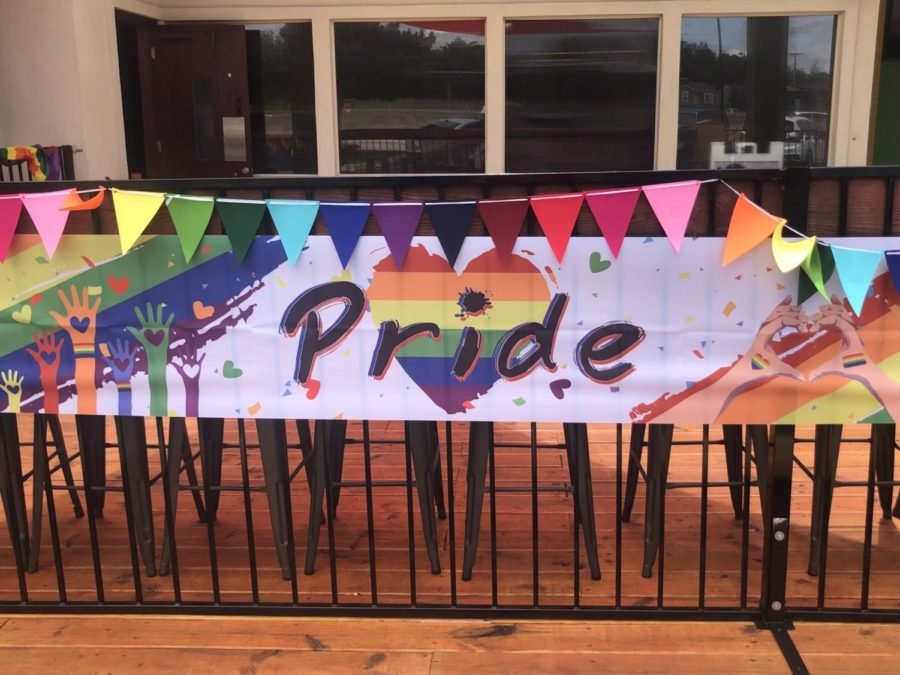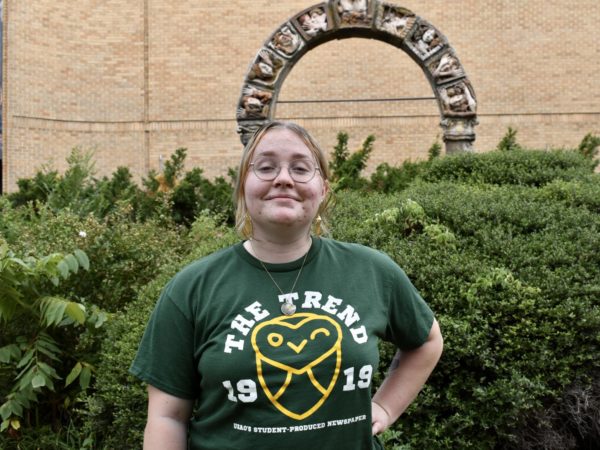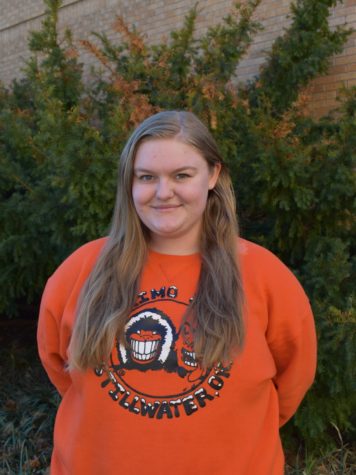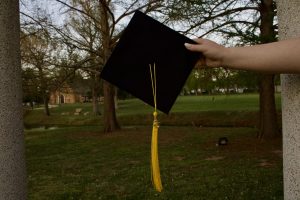The History of Pride Month
In an earlier parade this month, a banner hung to show its support of the LGBTQ+ community.
June 25, 2023
June is here, and with it is Pride Month. But many people wonder why June is the month for LGBTQ+ pride? What is Pride in the first place? Where did it come from? What does the rainbow flag mean? It all started 53 years ago in beautiful New York City.
On June 28, 1969, a riot broke out at the Stonewall Inn, an underground gay bar operating without a liquor license. Back then, being gay was still a criminal offense; so, when two plain-clothes police officers walked in with a search warrant in the early hours of the morning, many quick arrests were made, and people were furious. By the evening of the same day, thousands of people had gathered around the bar, starting the six-day confrontation between LGBTQ+ individuals and police officers. This event would later come to be known as the Stonewall movement. The movement was the tipping point for many budding protests around the country during the Gay Liberation Movement in the United States.
Two popular individuals regarding the Stonewall movement were Marsha P. Johnson and Sylvia Rivera. They were two trans women, who were loved in the community. Johnson and Rivera were major players in the community as a whole, starting a trans rights group called Street Transvestite Action Revolution (STAR). They even went as far as opening a home for homeless trans youth, living paycheck to paycheck themselves to give these people a better life.
“Pride is the outward expression and celebration of who we are every day. Things that can bring us together as a community is what keeps us together as a community,” said Annie Roberts, USAO’s coordinator of campus events and first year retention, on pride parades and their importance.
The first official pride parade took place on the first anniversary of Stonewall, and was also known as Christopher Street Liberation Day. As it grew in popularity, parades and celebrations during the month of June took place more and more often, and in June 1999, President Bill Clinton officially declared every June in America be Pride Month, highlighting the importance of LGBTQ+ individuals and community.
So, why have a rainbow flag? The original rainbow pride flag was designed by Gilbert Baker in the late 1970s. The original design included eight colors; each color having unique meanings that related to the community. Hot pink was sex, red was life, orange was healing, yellow was sunlight, green was nature, turquoise was art, indigo was serenity, and violet was spirit. In later designs, pink and turquoise were removed due to the expensiveness of those dye colors at the time.
Then, in 2018, Danial Quasar designed the Progress Pride Flag, adding black and brown stripes to pay homage to the discrimination against people of color and their help to the community. Quasar also added blue, pink and white stripes to reference the trans pride flag. In 2021, the purple circle over a yellow triangle was added in reference to the intersex pride flag. The 2021 iteration is the current flag that represents the community, but it’s bound to continue to change and evolve as the community and society progresses.
How can people stay safe at these parades? Remember the “see something, say something rule,” and always remember to drink lots and lots of water.
“There will be increased police presence at many parades this year, so be aware of that and don’t be afraid to report something if you see it. Always use the buddy system and make sure someone always knows where you are,” Roberts said.
At the end of the day, Pride Month is incredibly important to the millions of individuals highlighted during this time.
“I think it’s so important for us to celebrate Pride. This is the validation many people were never able to receive from the people they grew up with. Let your personality out and about and be proud because we fought to be here,” Roberts said.
Bea Bourland is a second-year Biology and Environmental Science major at the University of Science and Arts of Oklahoma.


